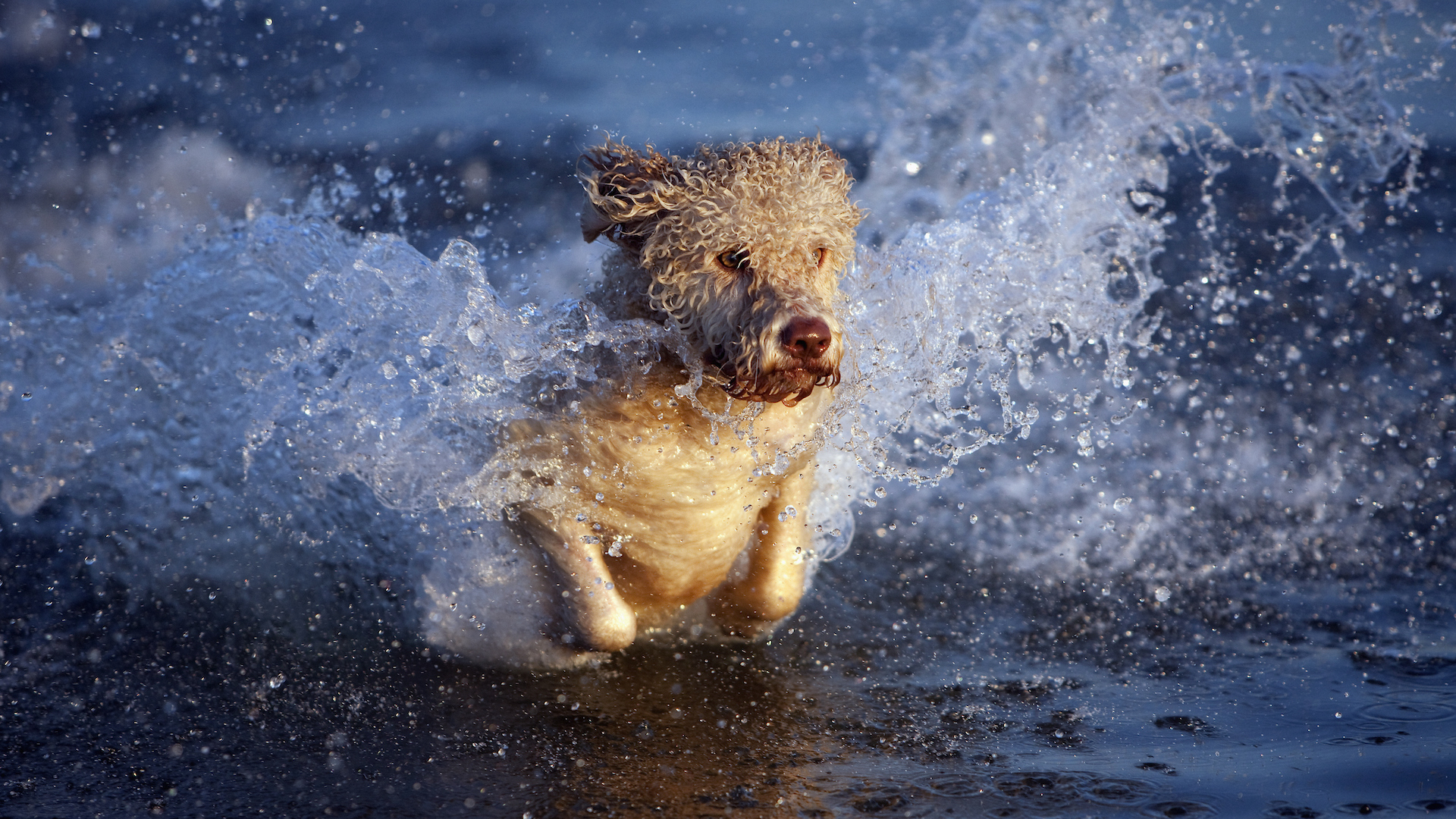
There aren’t many dogs that swim underwater, but the Portuguese water dog can turn his paw at anything. Of course, he swims – he was originally bred to work alongside fishermen – but he can do much more. He runs, retrieves, dives off boats, finds lost equipment, and even herds shoals of fish! But above all, this loveable breed is a wonderfully bouncy and fun family companion.
Beloved of presidents and senators, the Portuguese water dog has spread its wings and traveled far beyond the Iberian coastline where it was developed. Now extremely popular pooches in the United States, owners of these dogs may want to consider investing in one of the best swimming pools for dogs to keep these pups happy.
Let’s find out more about the fish-herding, deep-diving Portuguese water dog.
32 fun facts about Portuguese water dogs
1. The presidential choice

Portuguese water dogs (PWD) gained fame when former US President Barack Obama had one, named Bo, living at the White House in 2009. He was a gift from Senator Ted and Ms. Kennedy to the Obama children. Bo was joined by Sunny in 2013.
2. Coat variations
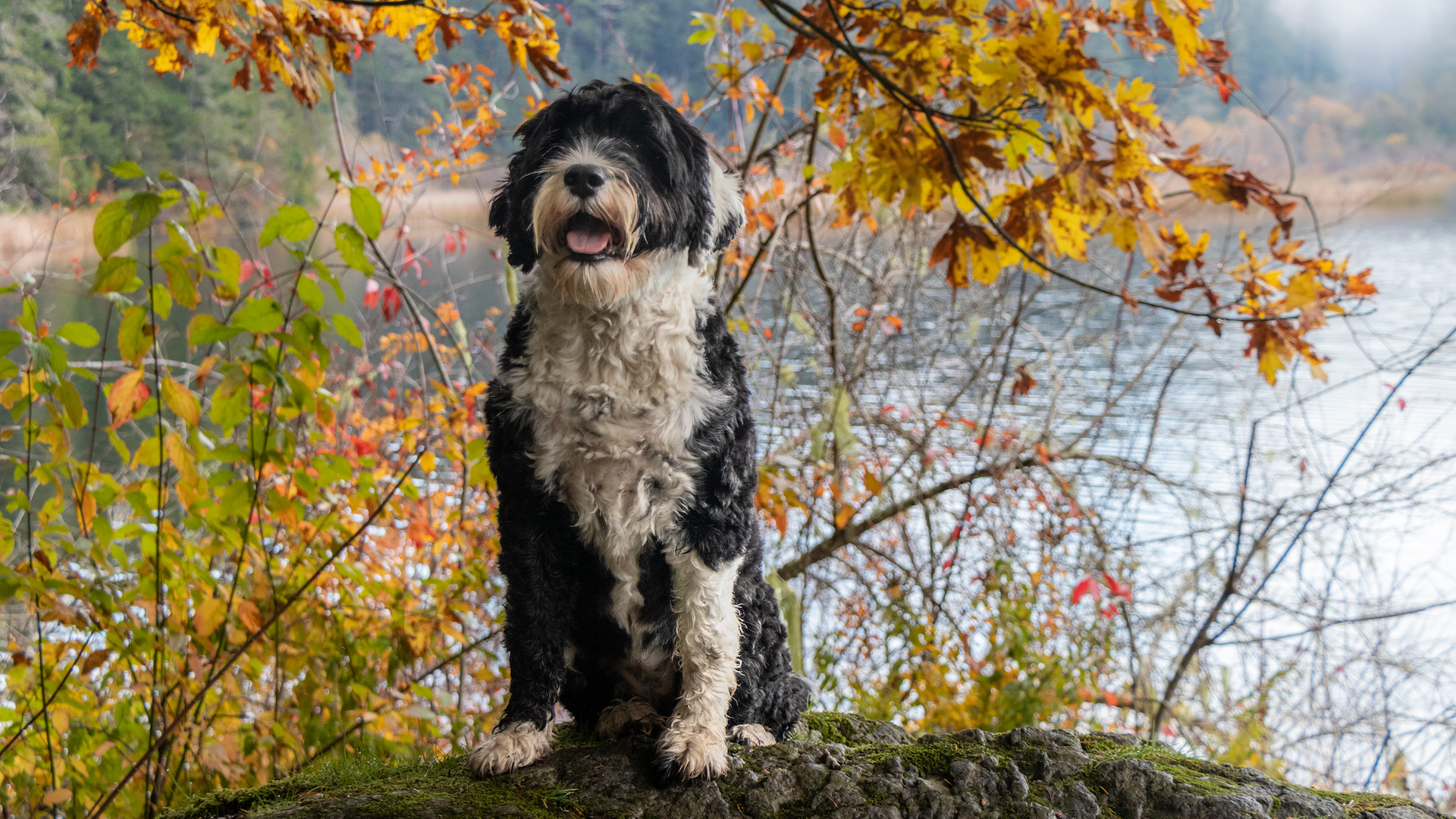
The color and texture of the coat has plenty of variation. The color can be black, white, or brown, with or without white markings, while the texture can be either curly or wavy. Both are equally valued in the show ring.
3. A delight for allergy sufferers
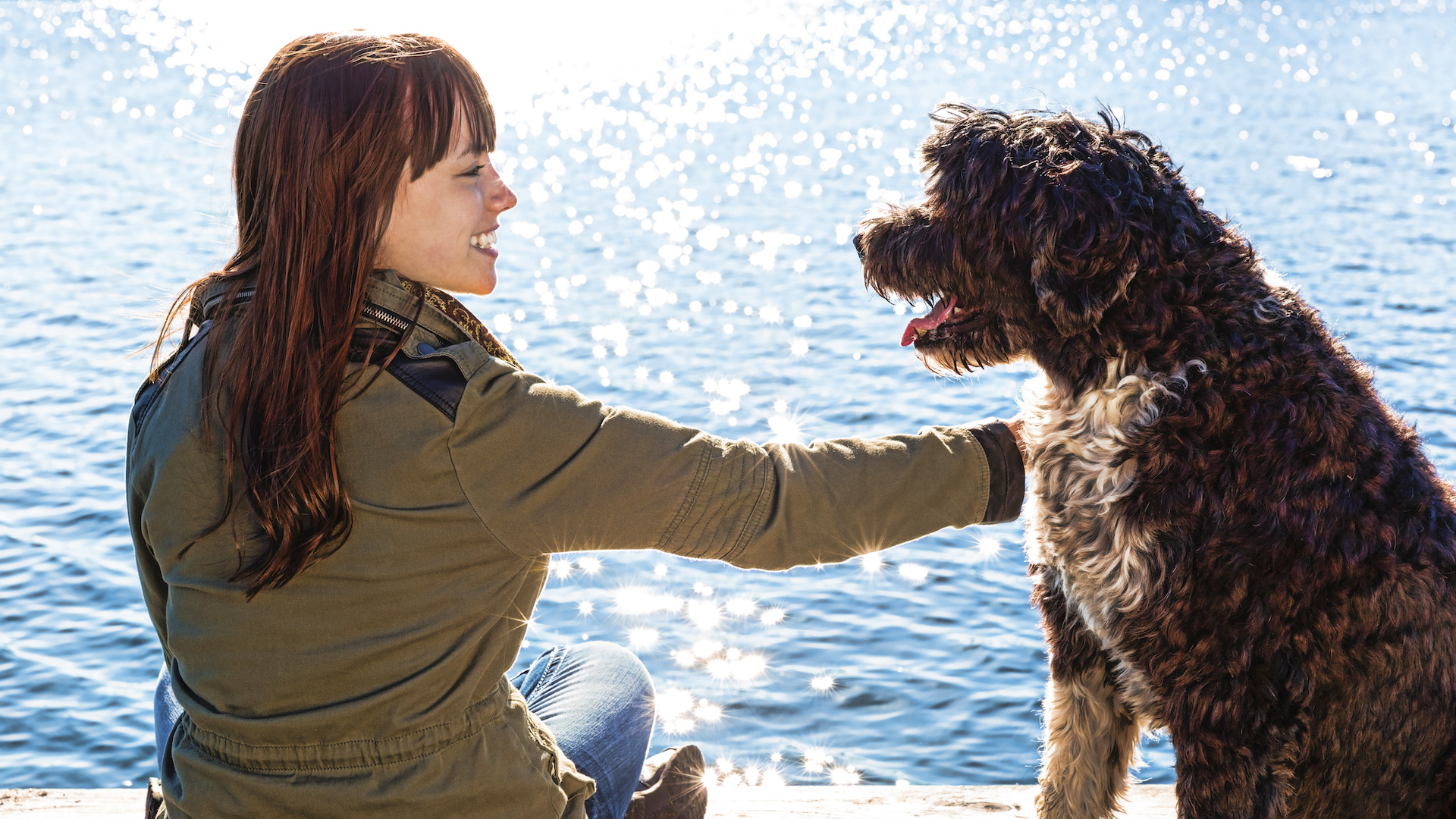
While no dog is completely hypoallergenic, the Portuguese water dog is just one of many hypoallergenic dog breeds. This makes them a good choice for those who are allergic to dog hair and dander as their beautiful coats –make them one of the best dog breeds that don't shed.
4. Fancy clips
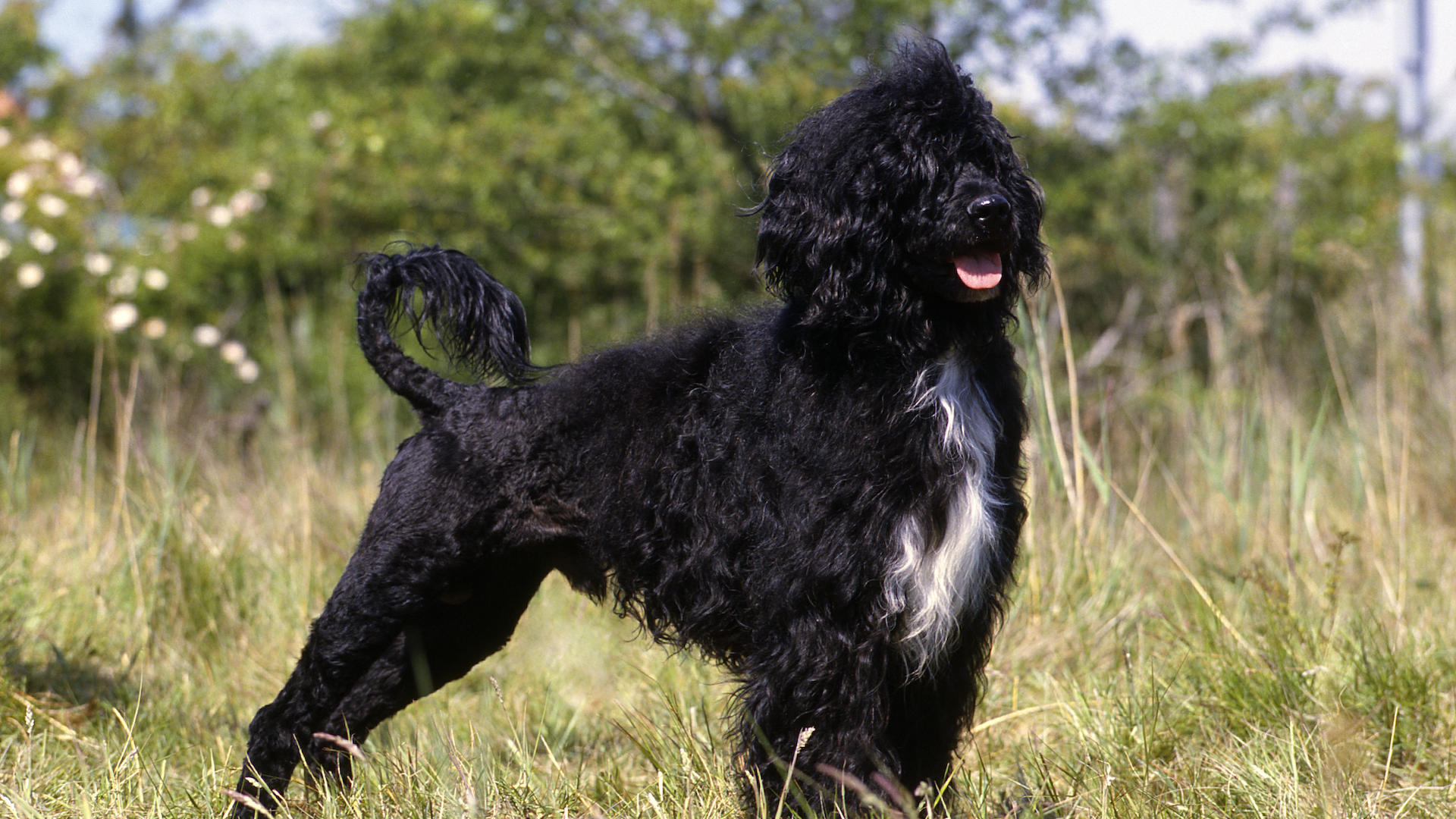
Who doesn’t love a nice haircut? The Portuguese water dog has two official clips, according to the American Kennel Club breed standard: the lion clip – clipping the middle, quarters, and muzzle – or the retriever, which clips the entire coat... almost. In both clips, the hair on the end of the tail is left long.
5. Top 50
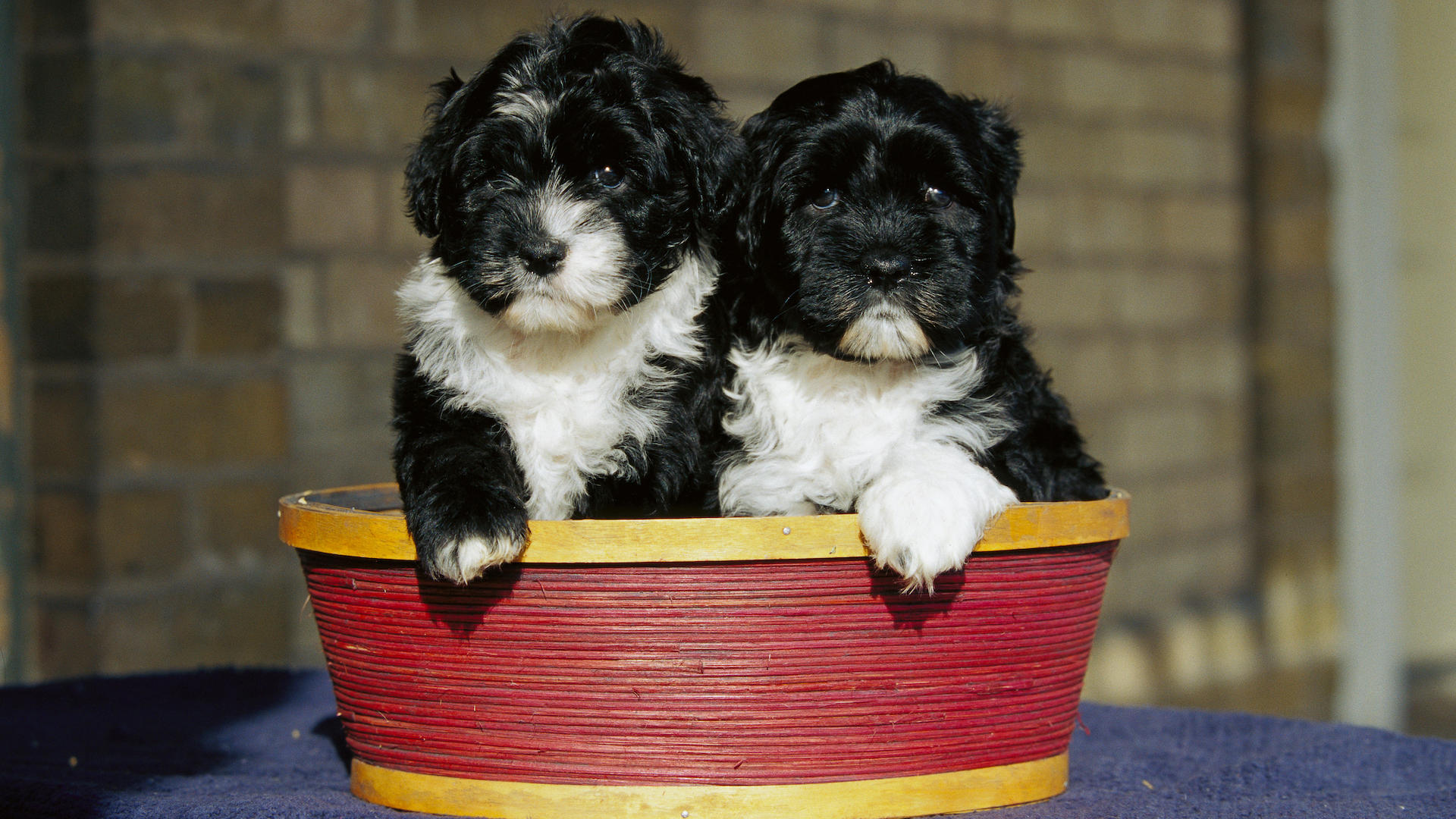
In the AKC’s 2023 list of most popular dog breeds, the Portuguese water dog sneaked into the top 50 at a ranking of 49th – just behind the weimaraner, but ahead of the samoyed.
6. Feet like ducks
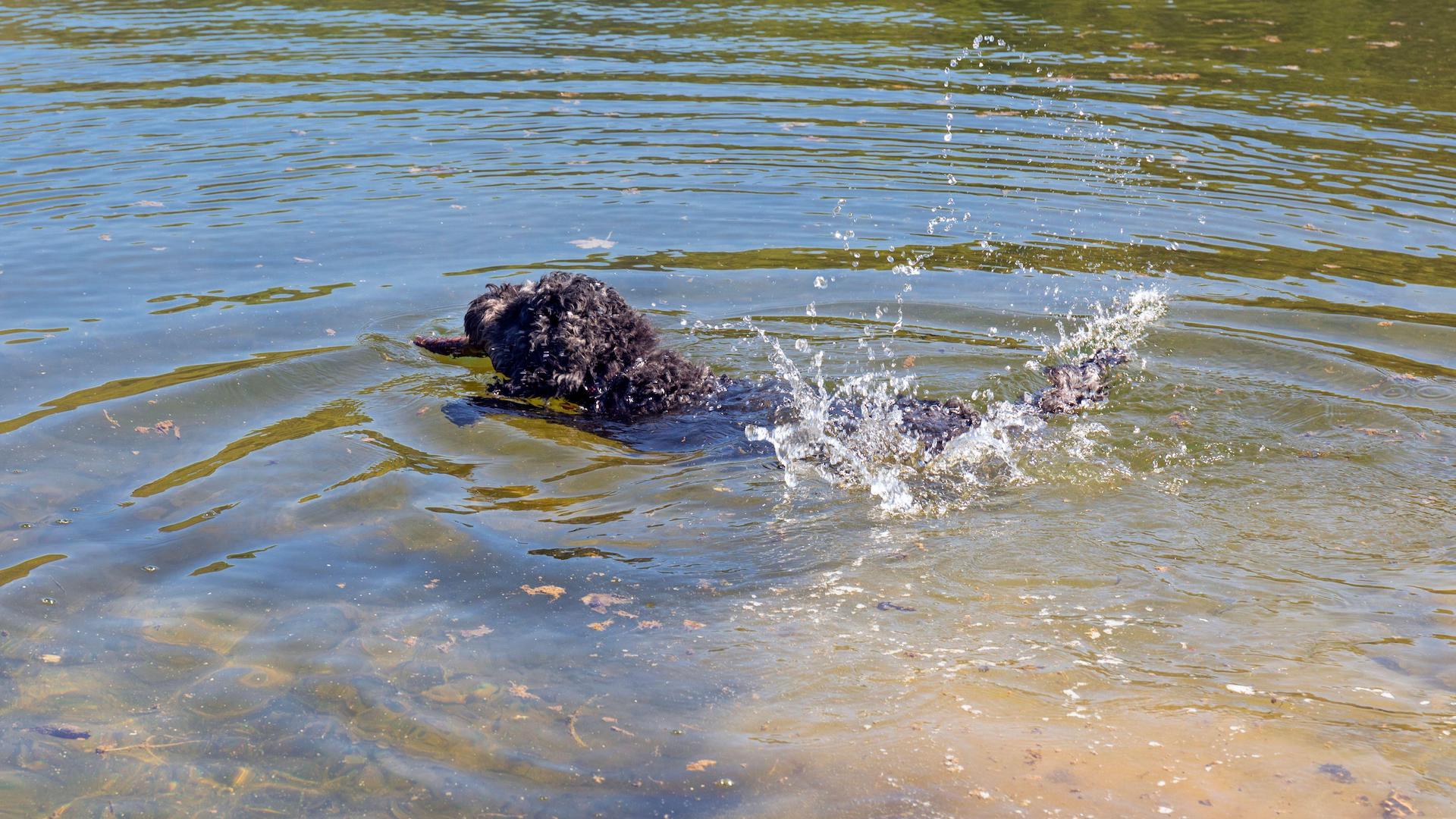
Portuguese water dog would be an ironic title if they weren’t fond of the wet stuff. But with their webbed feet – a thin membrane between the toes – to propel them along, this breed makes an excellent swimmer, maneuvring through the water like the proverbial duck, definitely one of the dog breeds that were made for swimming.
7. From Portugal to the US
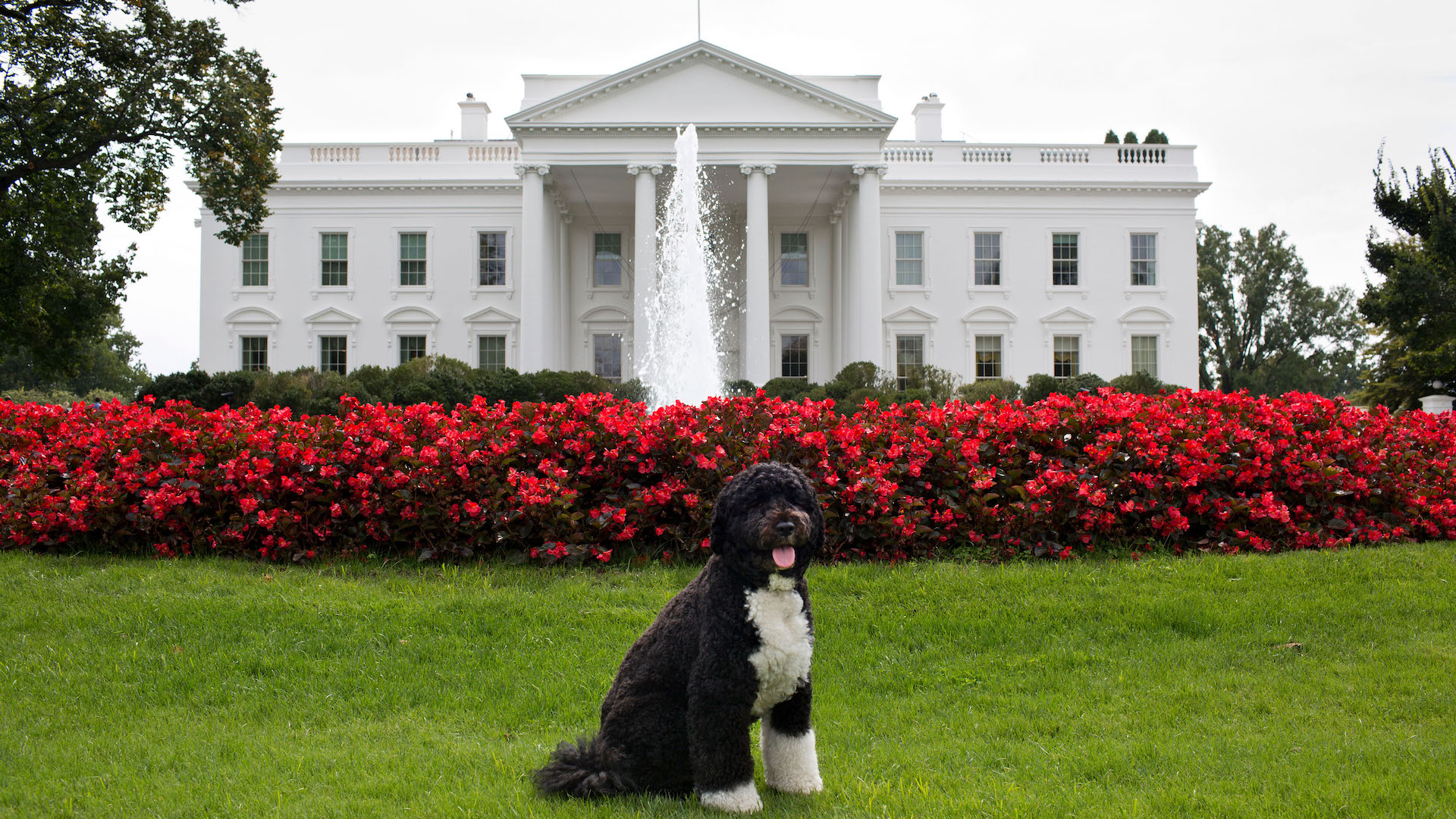
You may ask why a Portuguese water dog has gained such traction on the other side of the Atlantic. There’s even a Portuguese Water Dog Club of America, which was founded in 1972. In the middle of the last century, Americans started to fall for this appealing dog, but it wasn’t until 1983 that the AKC registered it as a breed.
8. Fisherman’s friend
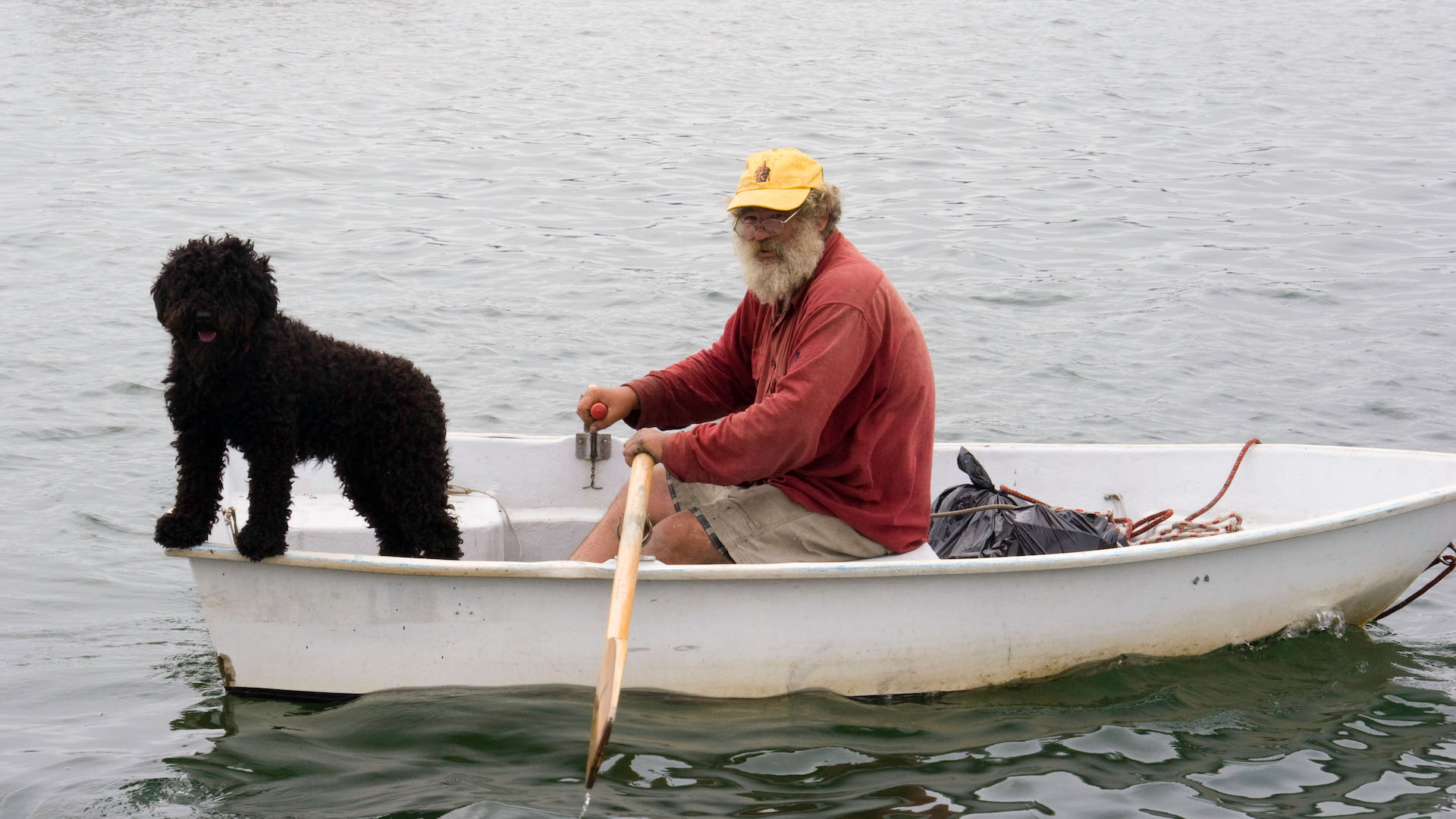
Portuguese water dogs started as a working fisherman’s companion. They worked alongside boats, herding fish into nets, diving to retrieve equipment, and swimming between boats as couriers. No wonder they’re such amazing swimmers!
9. A cute nickname

Portuguese water dog is admittedly a bit of a mouthful, but the acronym PWD doesn’t exactly roll off the tongue either. As for the original Cão de Água Português – that’s probably just for the linguists among us. As a slightly more melodious title, they also go by the name Porties.
10. Milk chins
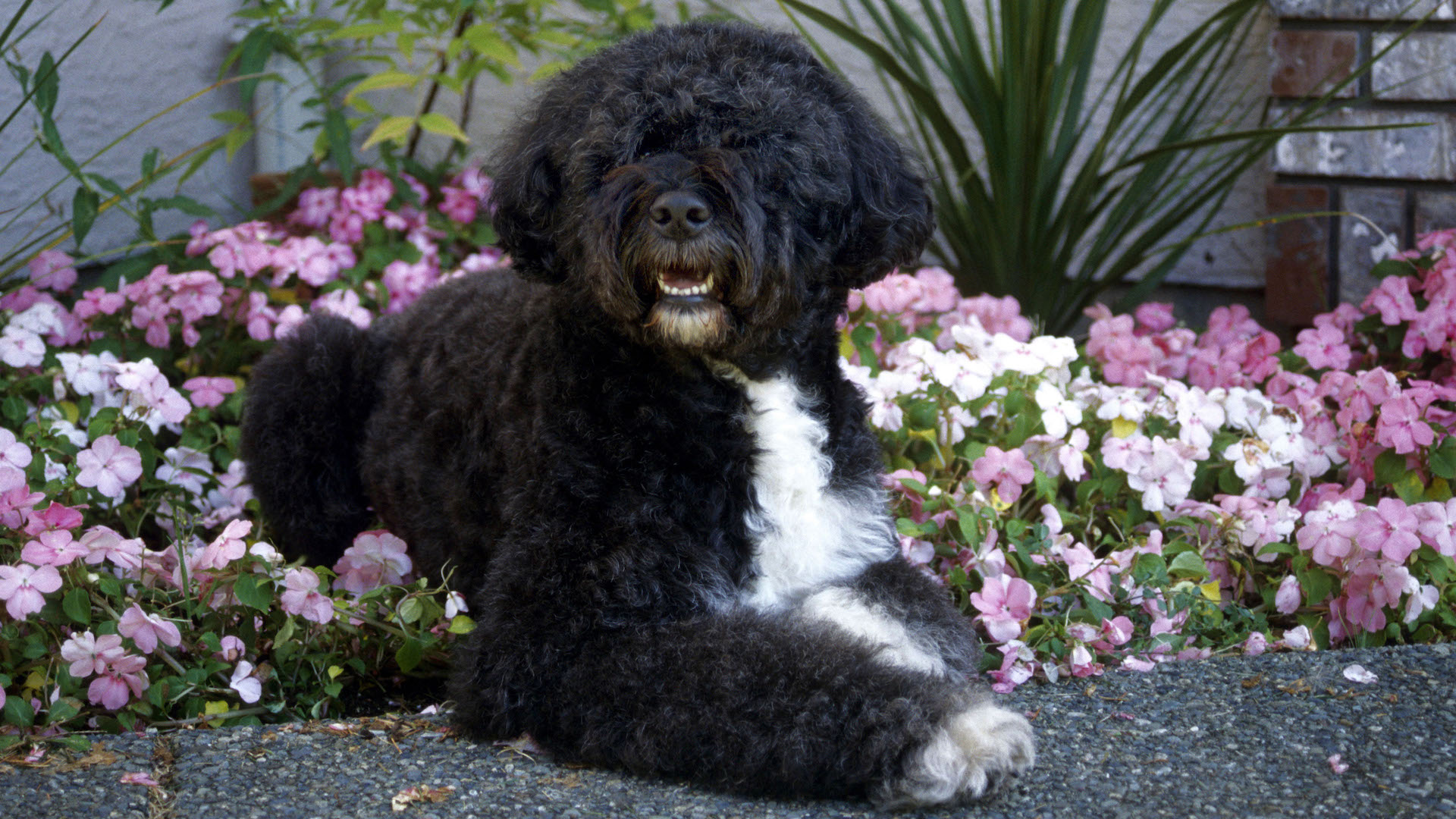
A common coloration is for the black and brown-coated Porties to feature a splash of white on their chin, looking like they’ve dipped their nose in the milk jug. Sometimes they’ve evidently dunked their whole face in – cheeky doggos!
11. Low prey drive
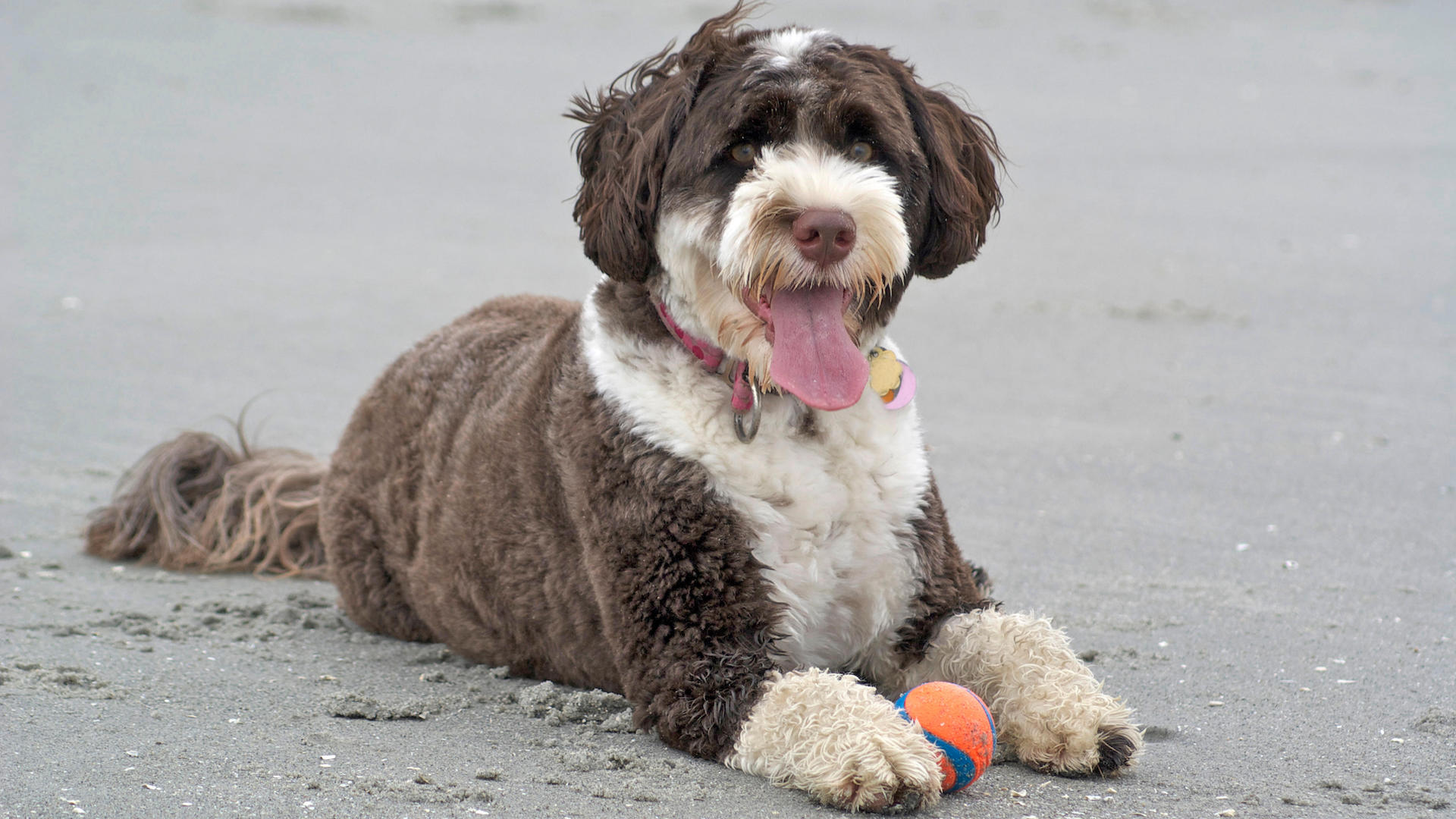
Many working dogs have a high prey drive, as they help hunters. But PWDs, being bred to assist fishermen with nets and acting as couriers between boats, tend to have a low prey drive. Moving animals is not their thing. Peace for the smaller pets in the household!
12. Their hair never stops growing
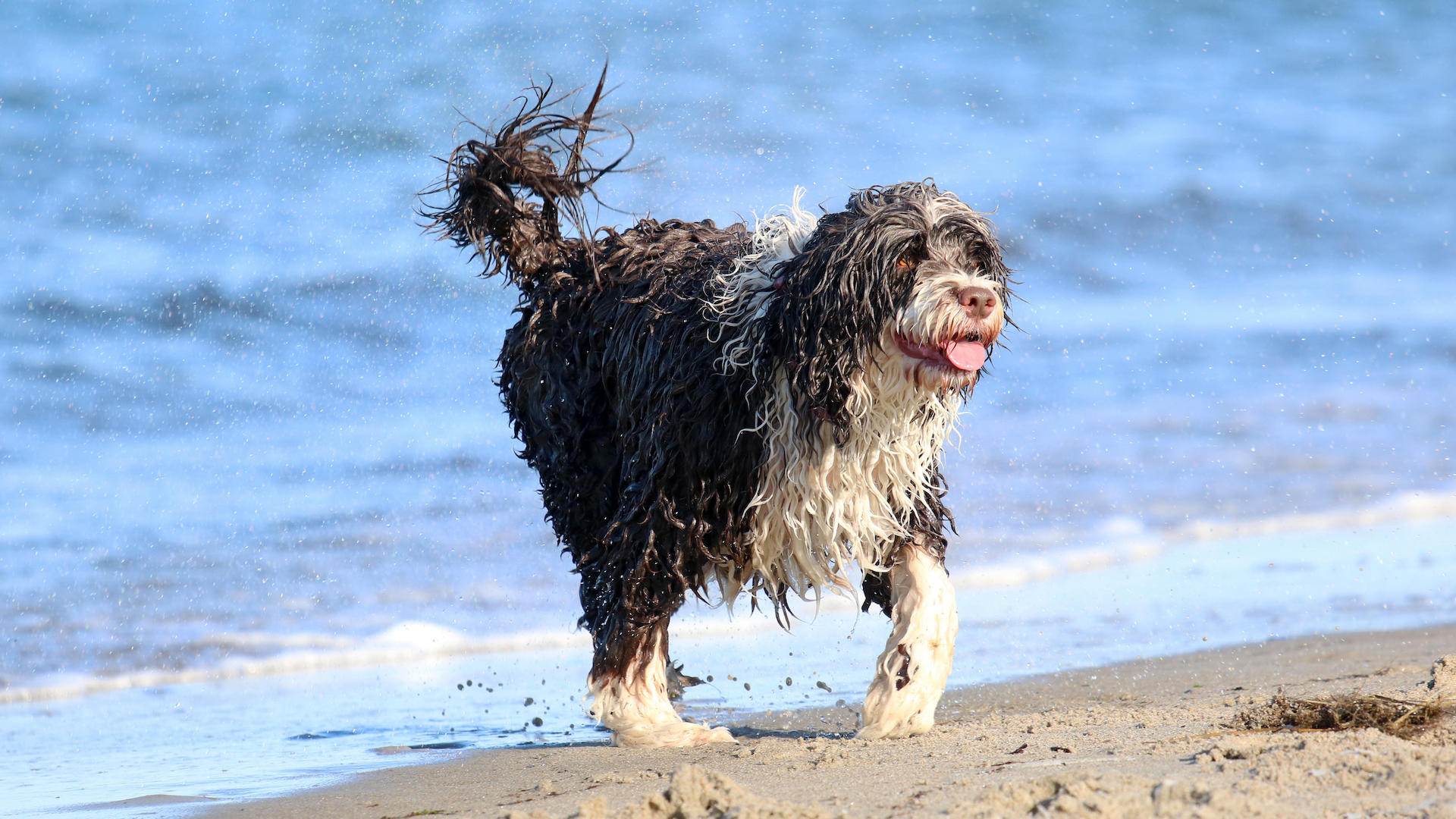
Plus point: they don’t shed. Minus point: their hair never stops growing! This means they need regular grooming, trimming, or clipping, as well as daily brushing with one of the best dog brushes, to ensure their lovely locks don’t become a matted mess.
13. Role in the Spanish Armada

Admittedly, these might be apocryphal tales, but there are accounts of water dogs on the coasts of Portugal and Spain that were used in the Spanish Armada to courier messages between the various ships. They’ve got to be ancestors of our beloved Porties!
14. Surviving extinction
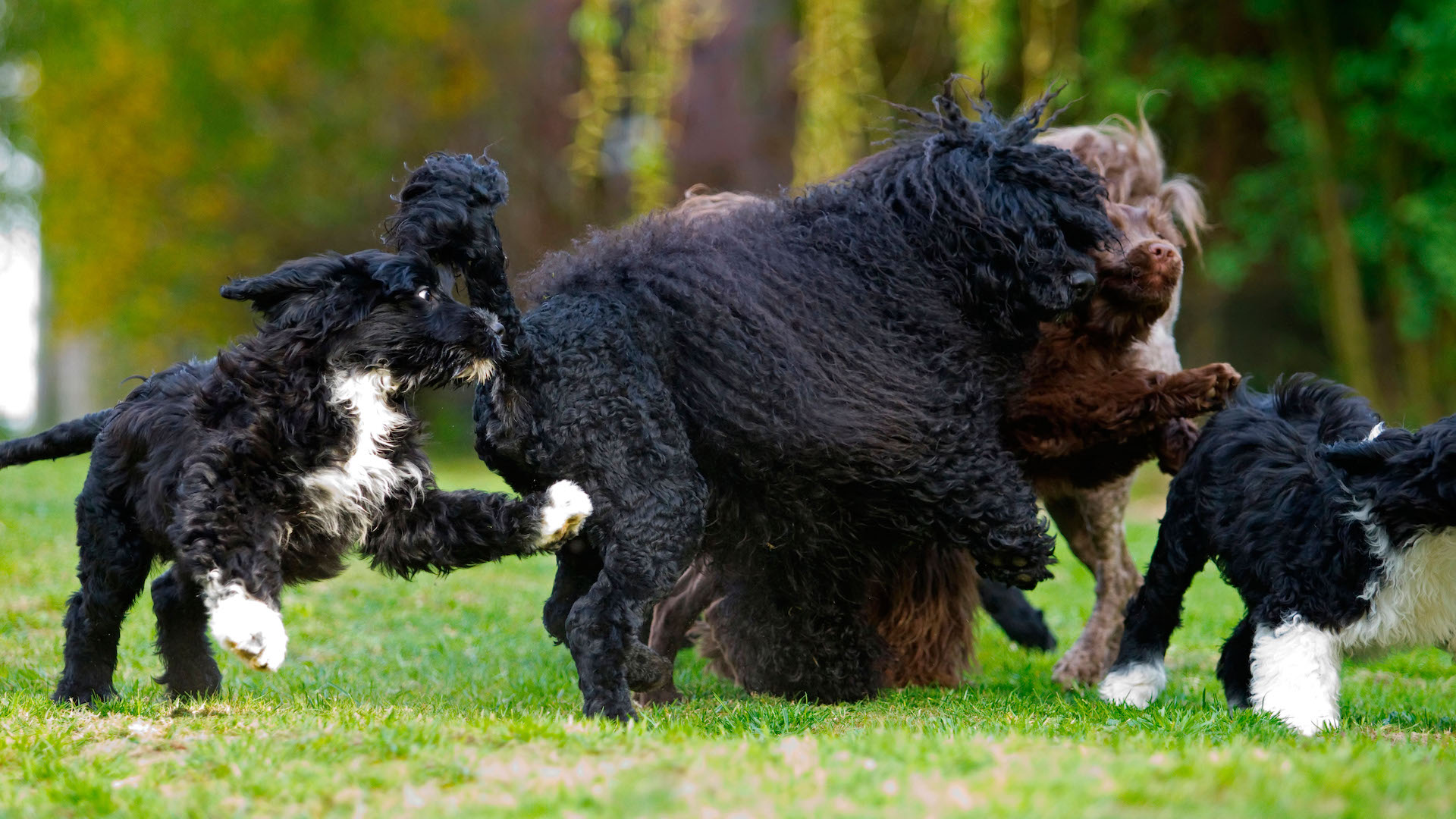
Happily, the breed is now in a healthy position, but a century ago, as technology meant that there was less need for fishermen to have a canine assistant, the Portuguese water dog became redundant in its original role. Mercifully, the breed had its fans, including a Portuguese shipping magnate, and once it started to be imported into England and America, it gained momentum again.
15. Portugoodles?
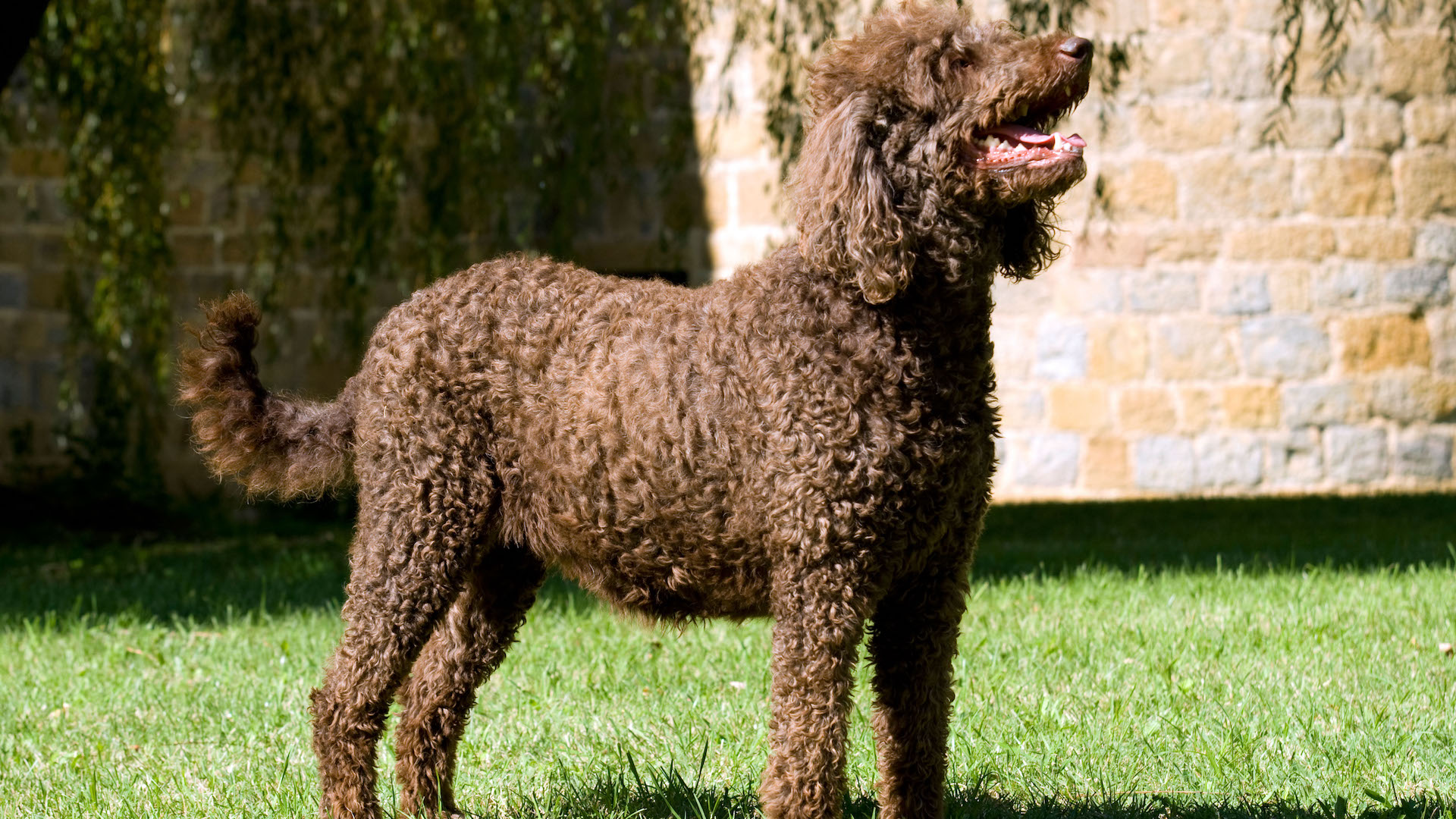
Is it a poodle or a Portie? (Poodle). Even though PWDs have grown in popularity over the years, many people aren’t connoisseurs of the breed. In fact, with their hypoallergenic, non-shedding, and often curly coats, they are often confused for poodles.
16. A long history

Although the breed has only been recognized by the AKC since the 1980s, there is evidence of a dog closely resembling the modern PWD from the 12th century, when a monk wrote about a dog “with a black coat of rough hair” being pulled out of the water.
17. A fishy salary
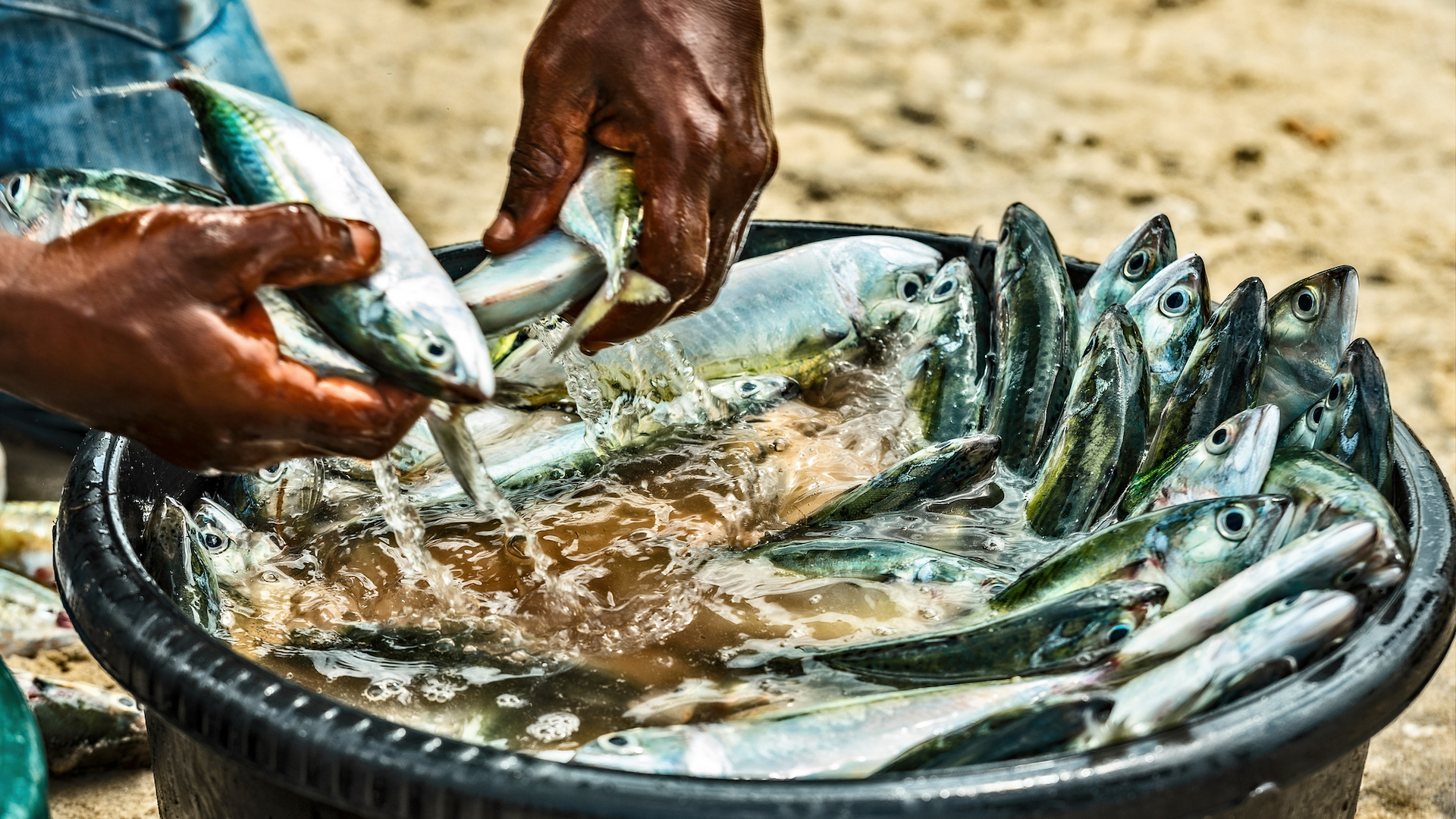
The PWD was such a valued worker in assisting fishermen in retrieving nets, carrying messages through the water, and even catching Houdini fish, that they earned themselves a wage. You guessed it, they were paid in fish, not cash.
18. Natural retrievers
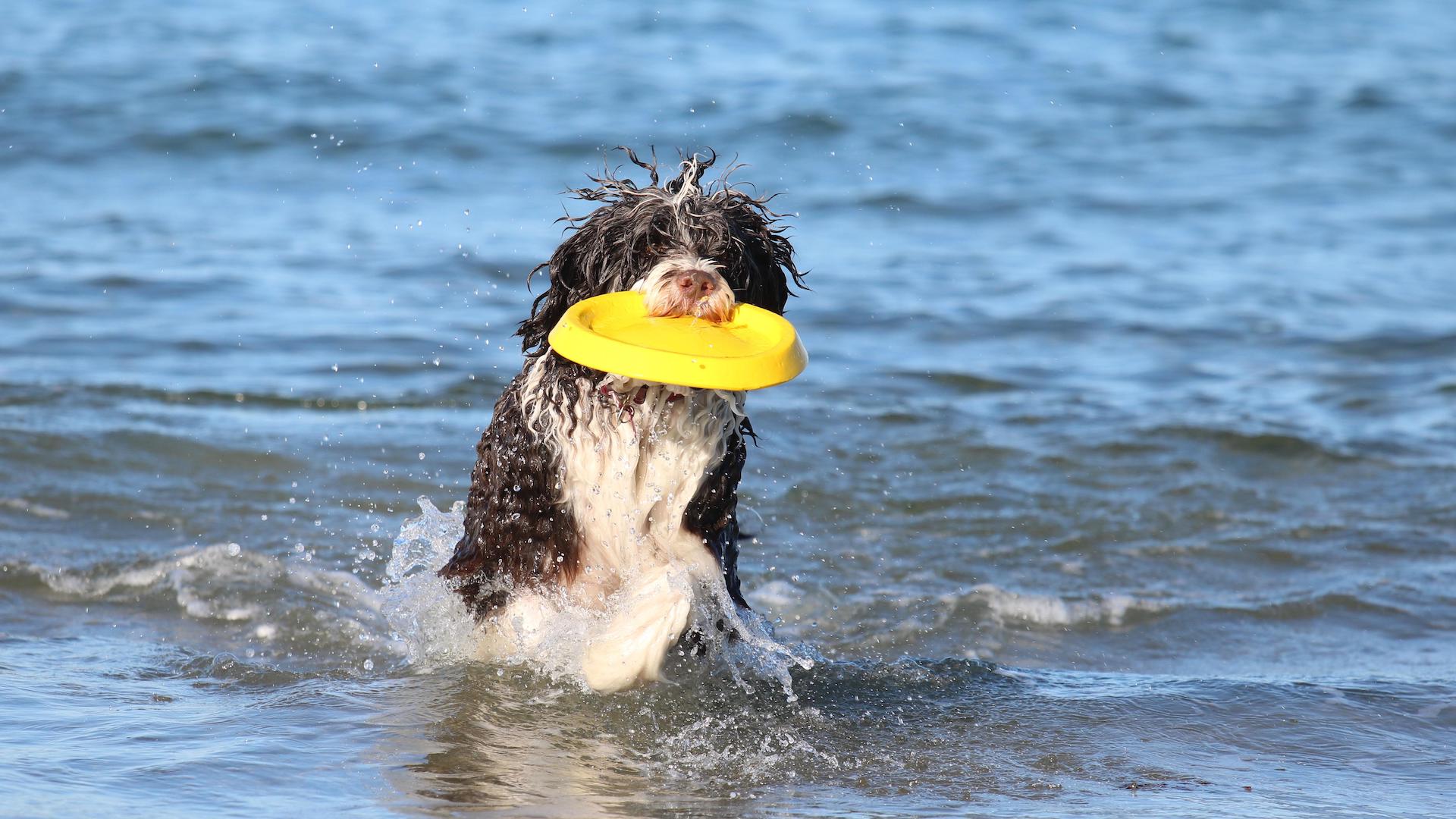
Being bred to retrieve nets, tackle that had slipped overboard, or fish that had gone astray, PWDs need no second invitation to retrieve. They love to carry something around in their mouths and seem to have an innate desire to pick things up – plenty of the best dog toys tend to be the answer when you don’t have a fisherman’s boat to keep them busy.
19. A foghorn
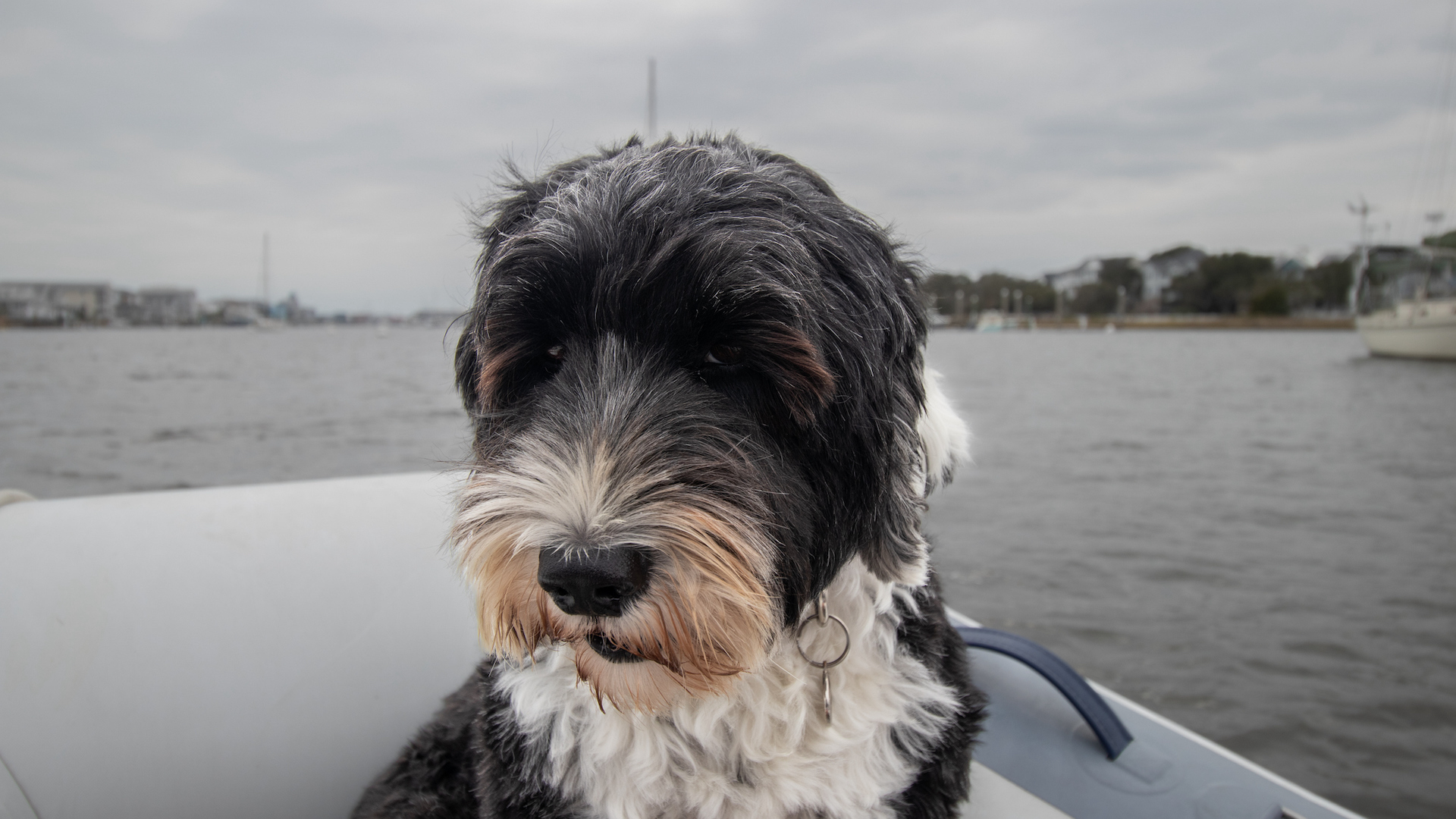
Portuguese water dogs had another asset to the fishermen they used to serve besides herding fish and retrieving lost tackles. Their resonant bark from the bow of the boat is said to have acted as a foghorn on the boat in poor visibility, to prevent collisions between vessels.
20. Dive master
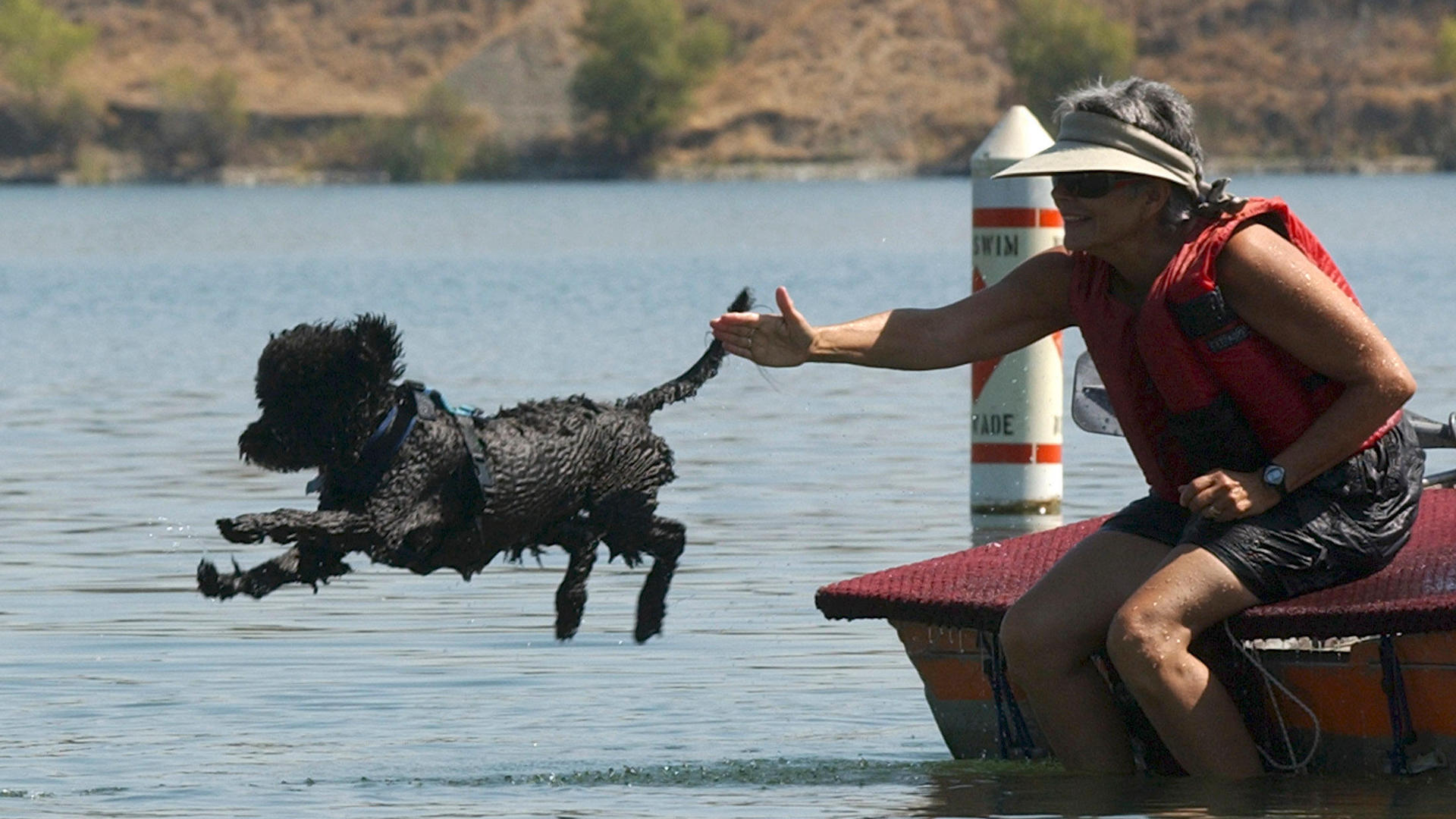
Portuguese water dogs are known for their swimming prowess but their skills in the water don’t stop there. As part of their role in helping fishermen, they would even dive off the boats to retrieve lost nets or herd shoals of fish and swim underwater. Speed was of the essence, so no gentle entry into the water for these plucky pooches. The earliest of the dock divers?
21. Love those ears!
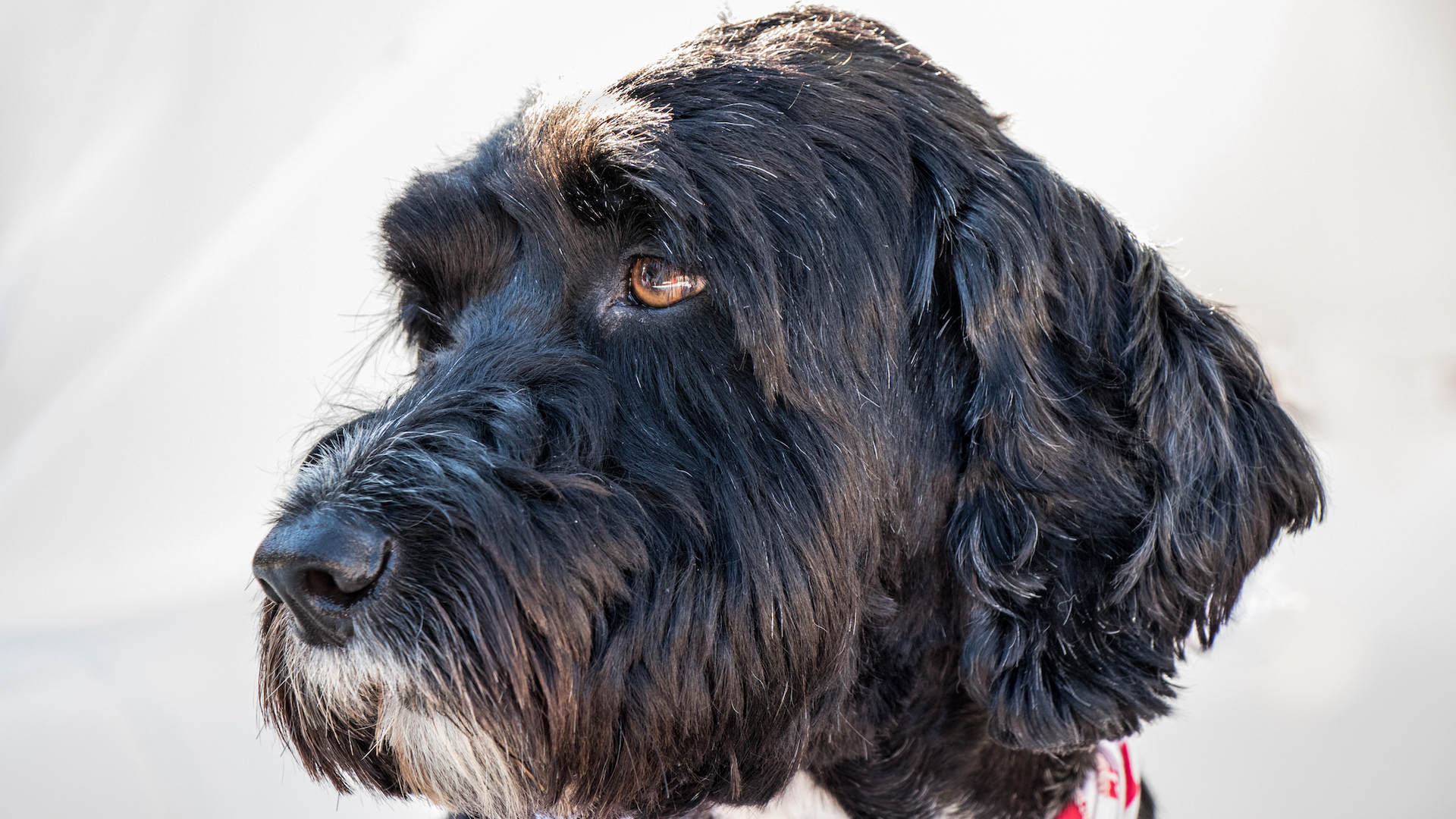
You may not be able to see the shape of the ears underneath their considerable bouffant, but the actual ear (minus the hair) is heart-shaped – according to their breed standard.
22. An independent streak
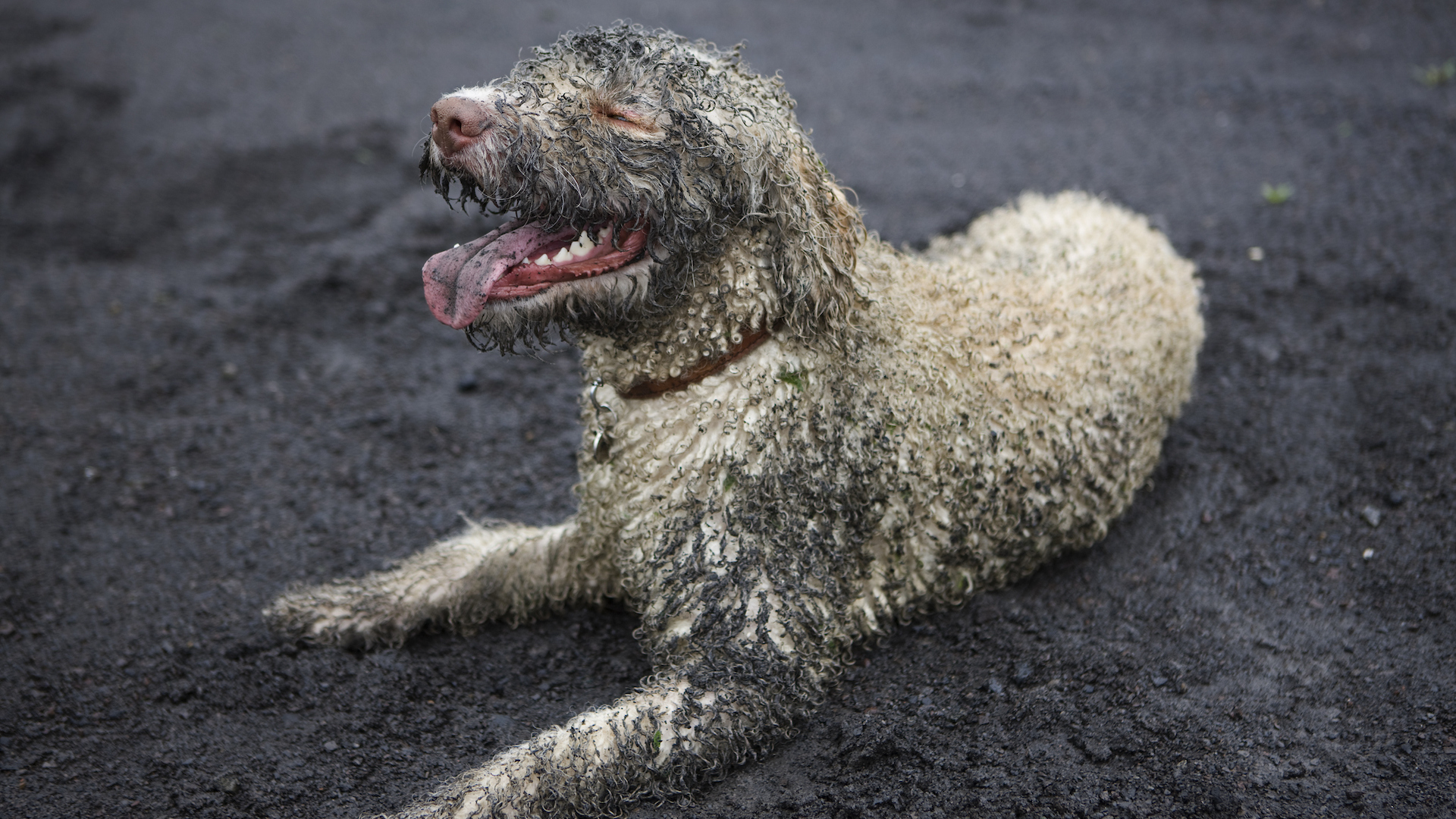
As befits a dog that is bred to work and use their trained initiative, Porties can show an independent streak. They are naturally strong-minded and bold, so require consistent leadership. Luckily, however, they love nothing more than pleasing their human.
23. Family-friendly
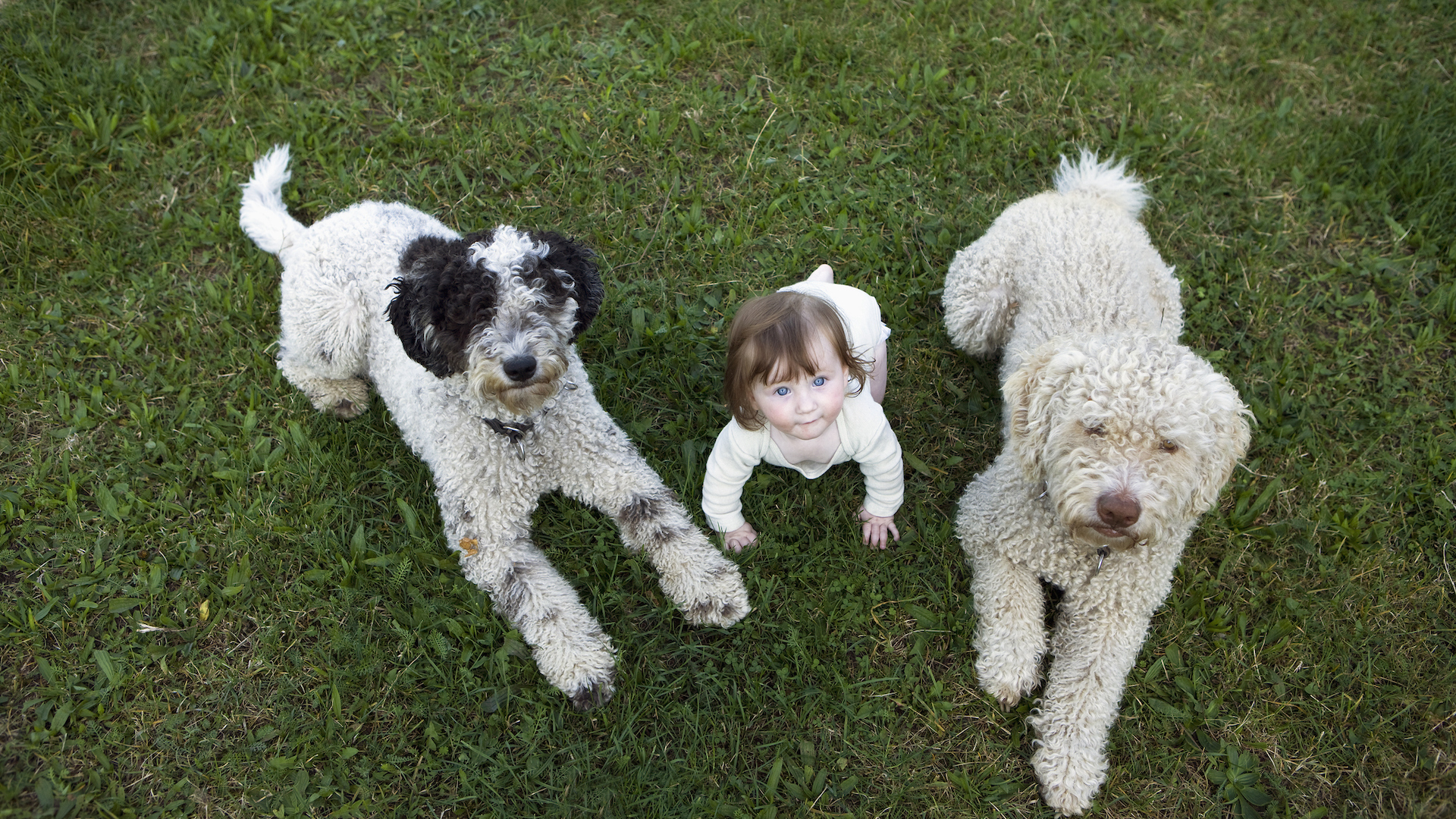
Porties are known to be friendly and affectionate – even if on the rambunctious side. This makes them great companions in the home, where they tend to get on well with kids and pets alike. Bear in mind they are bouncy, so – like any dog – need to learn socialization skills, but can provide heaps of fun for an active family.
Or if you're after one of the best dogs for extroverts, Porties could be just the one for you.
24. Good navigators
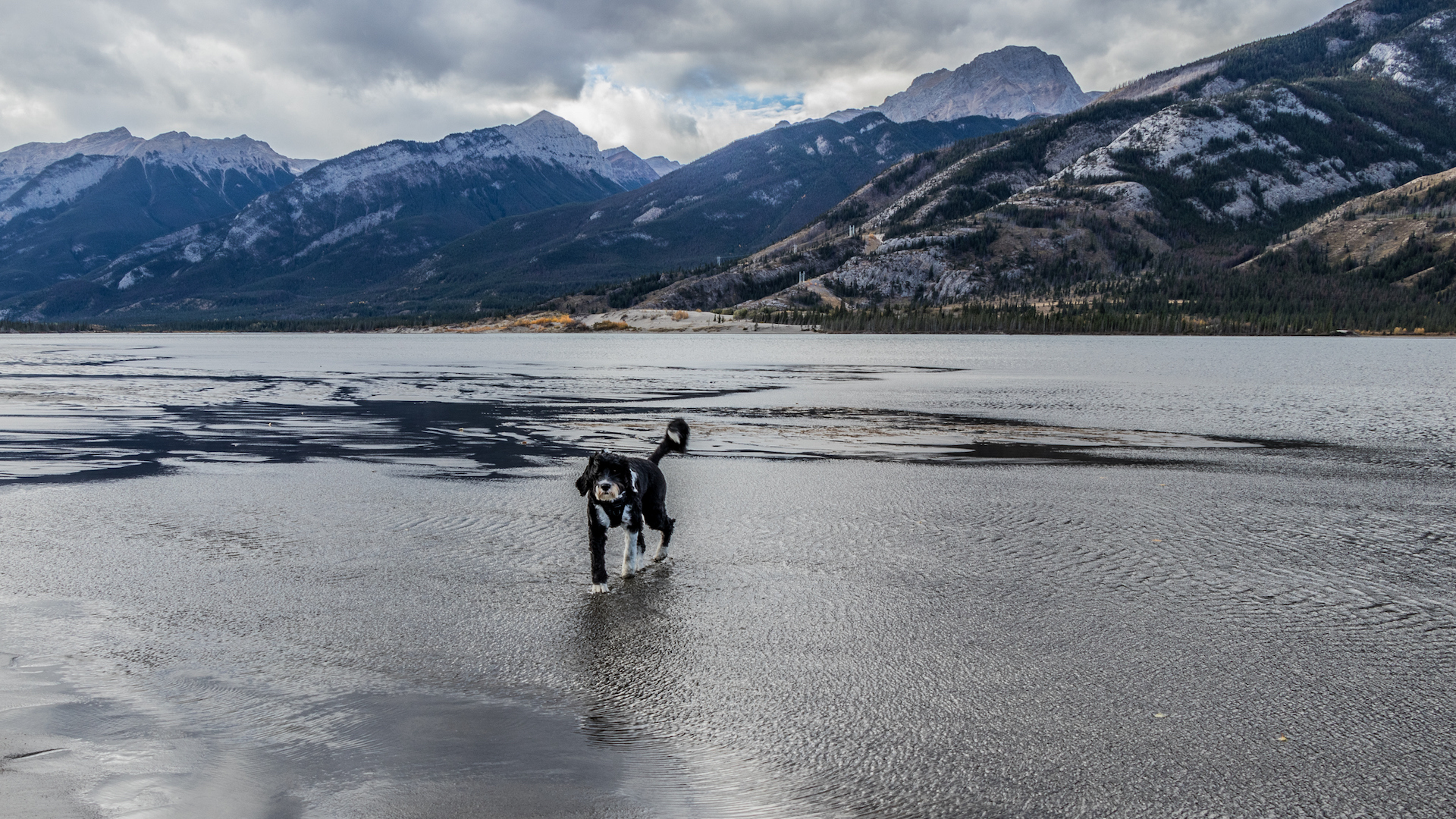
Due to their background in the fishing industry, Portuguese water dogs typically have a great sense of direction. They can even pick up scents through water. Not that you want your pooch to go off wandering but if you both get lost together out in the wilderness, it’s reassuring to know they’ll probably be able to guide you home.
25. Agile and athletic
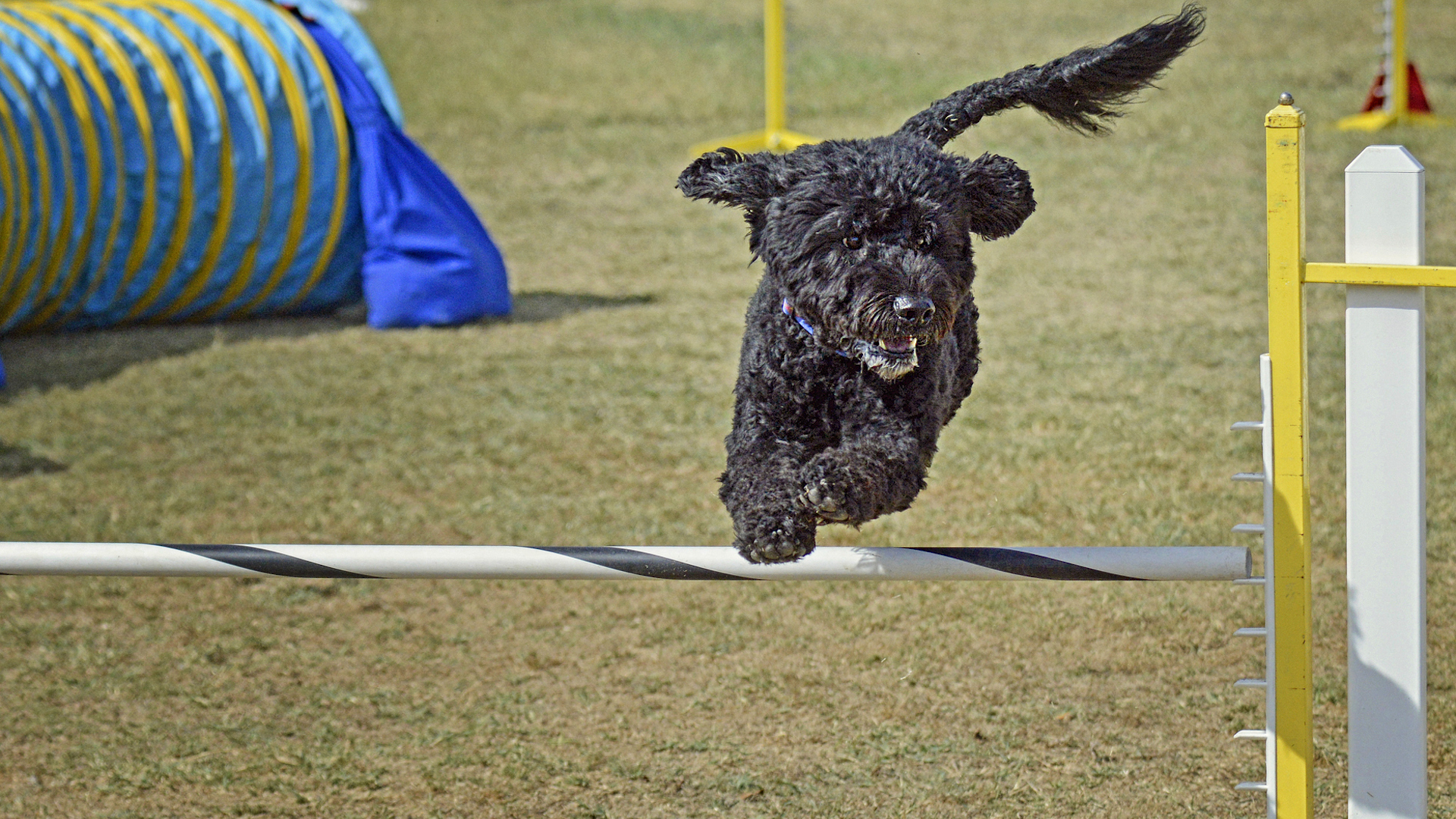
This is a sporty dog, who can work all day, swim, run, retrieve and has boundless energy. Thanks to their natural intelligence, they’re also very trainable. All this adds up to an excellent candidate for all sorts of dog sports, from agility trials to obedience work.
If you're looking for ways to workout with your pet, there are endless options with this breed.
26. On watch

Although the adorable-looking Portie isn’t your obvious guard-dog candidate, they are naturally protective of their families, have a good voice, and can be trained to be an efficient watchdog that will alert their humans to anything they think might be a threat. They aren’t excessive barkers, but they have a loud woof when they want to.
27. Brain power
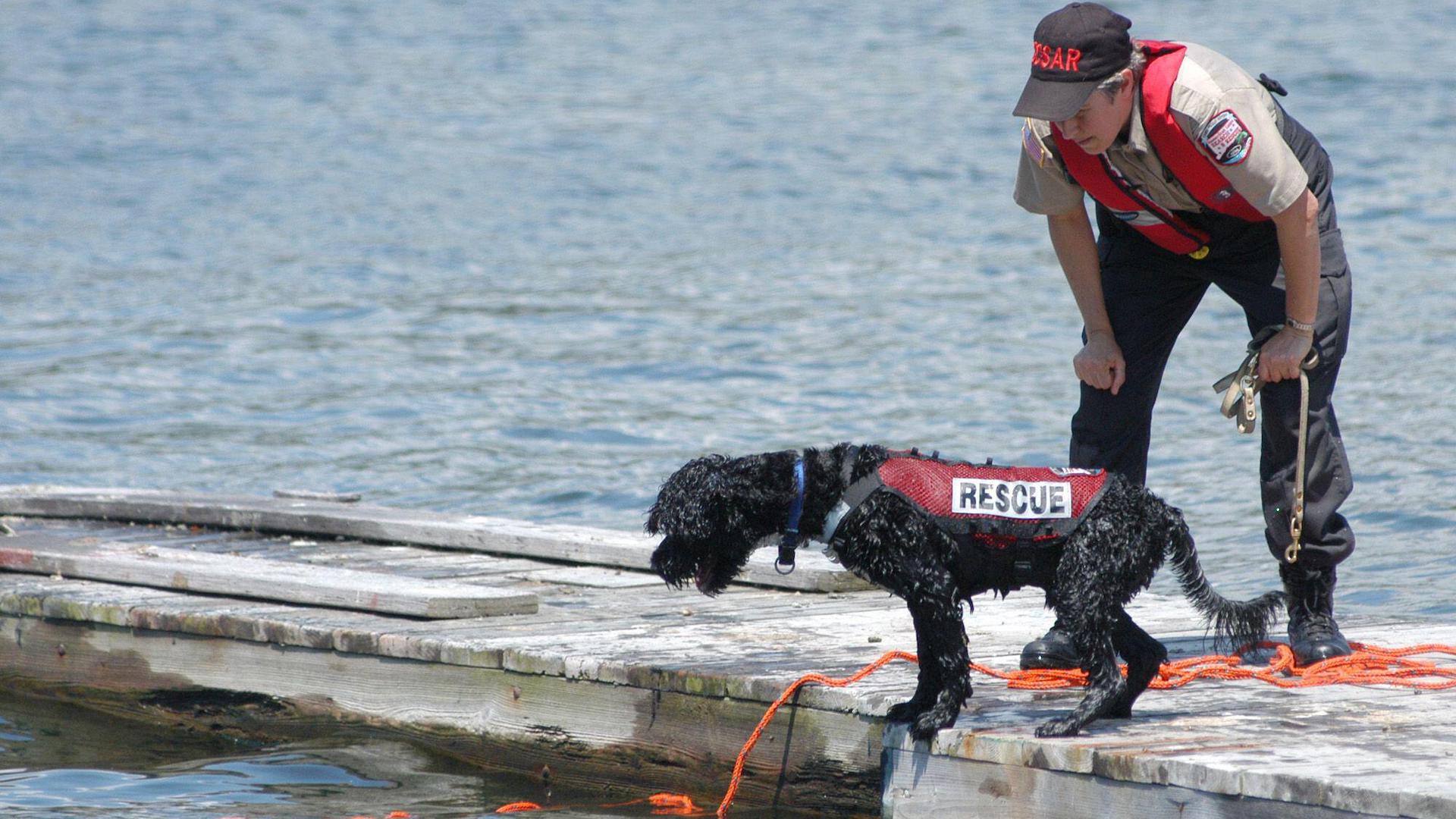
PWDs are a smart breed. This can be a blessing and a curse as if you don’t keep those intelligent minds active both mentally and physically, they can outsmart their humans. This means they can be trained to many things, including therapy work, search and rescue as well as fun sports. According to a small study on canine intelligence at Sault Ste Marie Animal Clinic in Canada, Portuguese water dogs came out on top (along with Chihuahuas).
28. Playful Porties
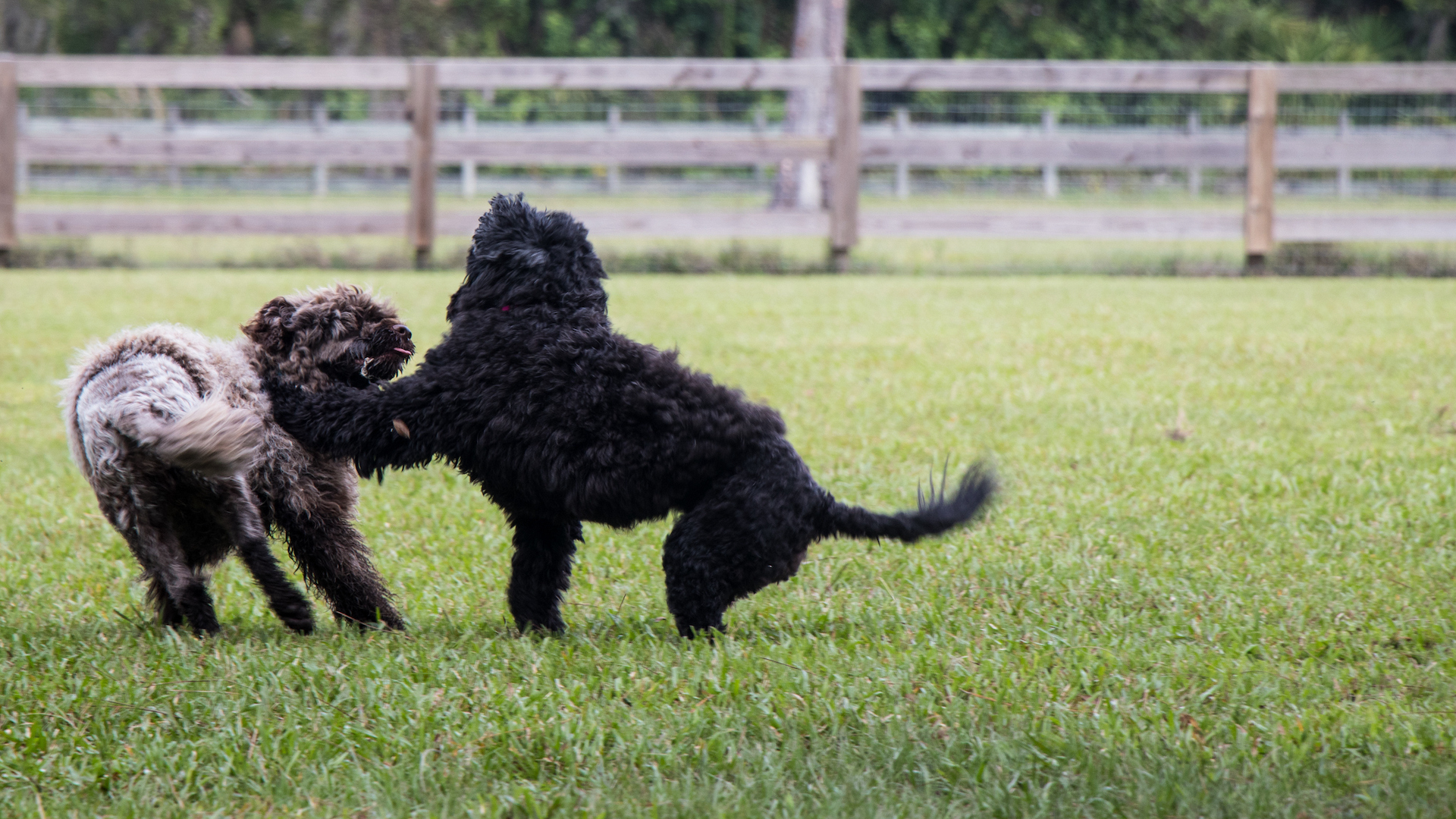
With their high energy levels and bouncy character, this is a breed that will play all day long. They have innate retrieving skills, so love to play fetch or tug of war with one of the best rope dog toys, chase balls and figure out puzzle toys. They also love a swim and a run, so don’t hold back on your exercise regime!
29. High maintenance
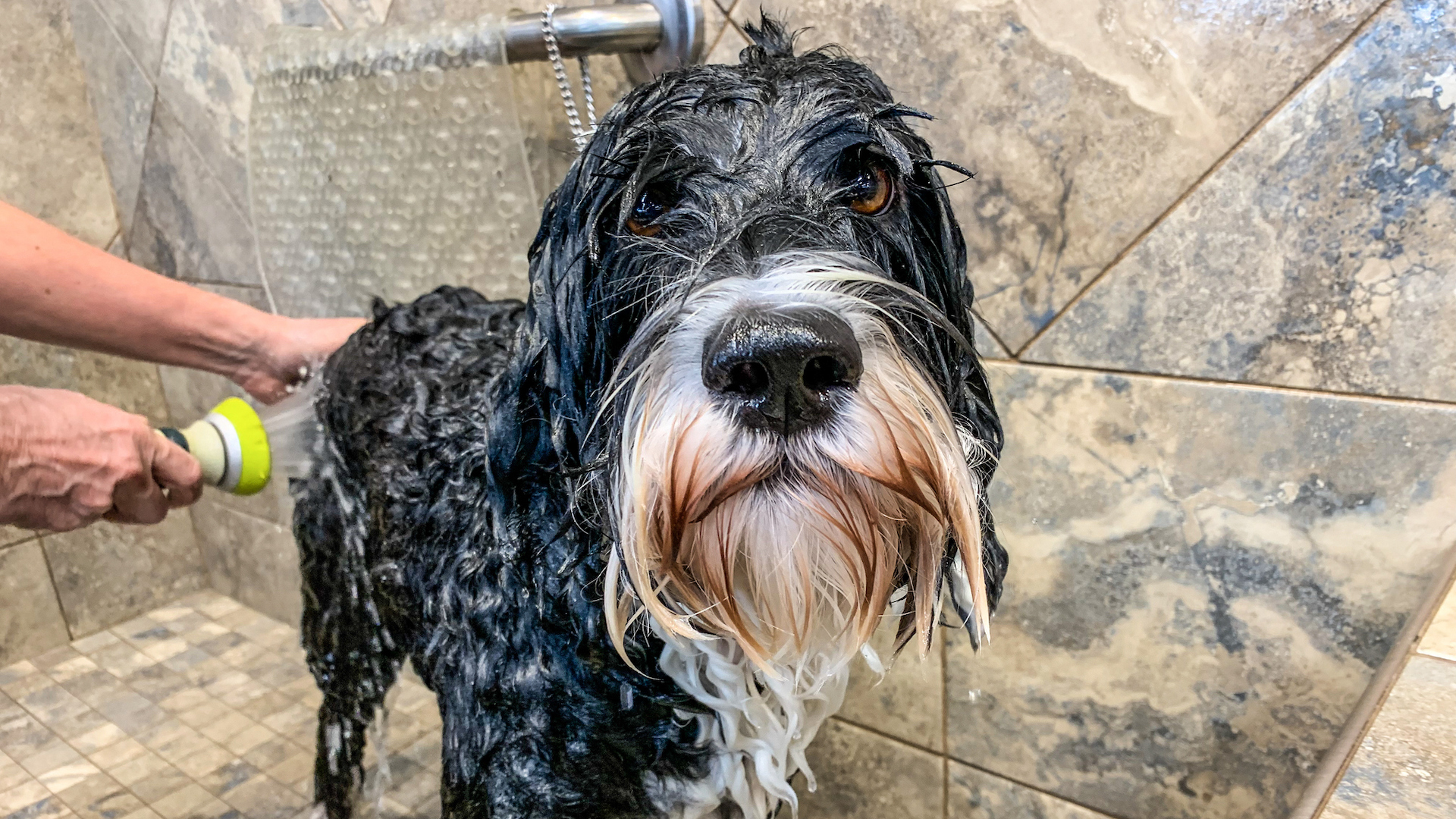
Portuguese water dogs might not be high maintenance in the precious sense, because they are a rugged, robust, and sporty dog that doesn’t mind getting its paws dirty. However, their coats need daily brushing, and regular clipping and they require a considerable amount of exercise every day.
30. A range in sizes
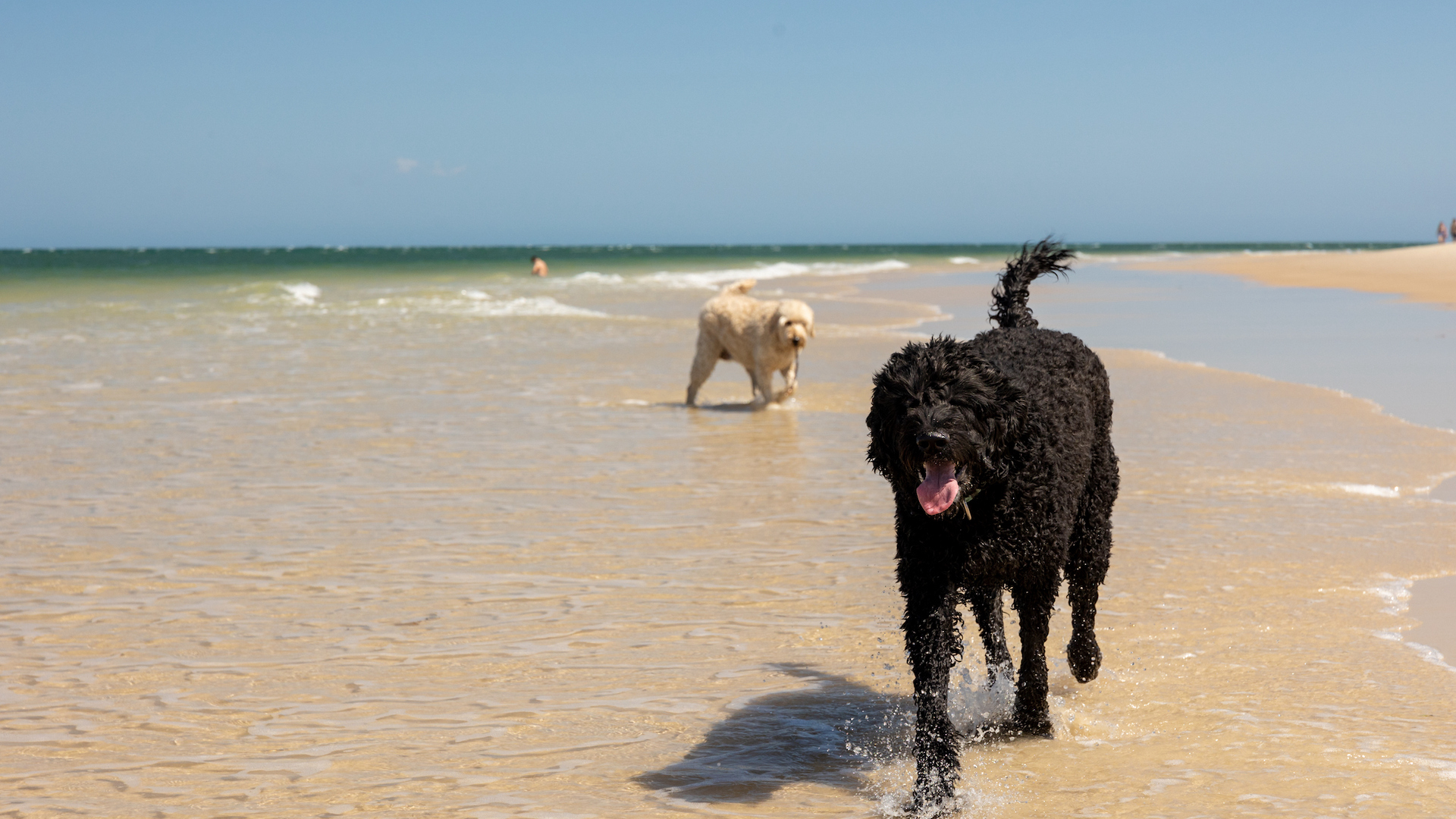
There is a big range in size from a petite female Portie to a large male. A big male dog can be nearly half a foot taller at the withers at 23in, and almost double the female’s weight at 60lb compared to 35lb.
31. A built-in rudder
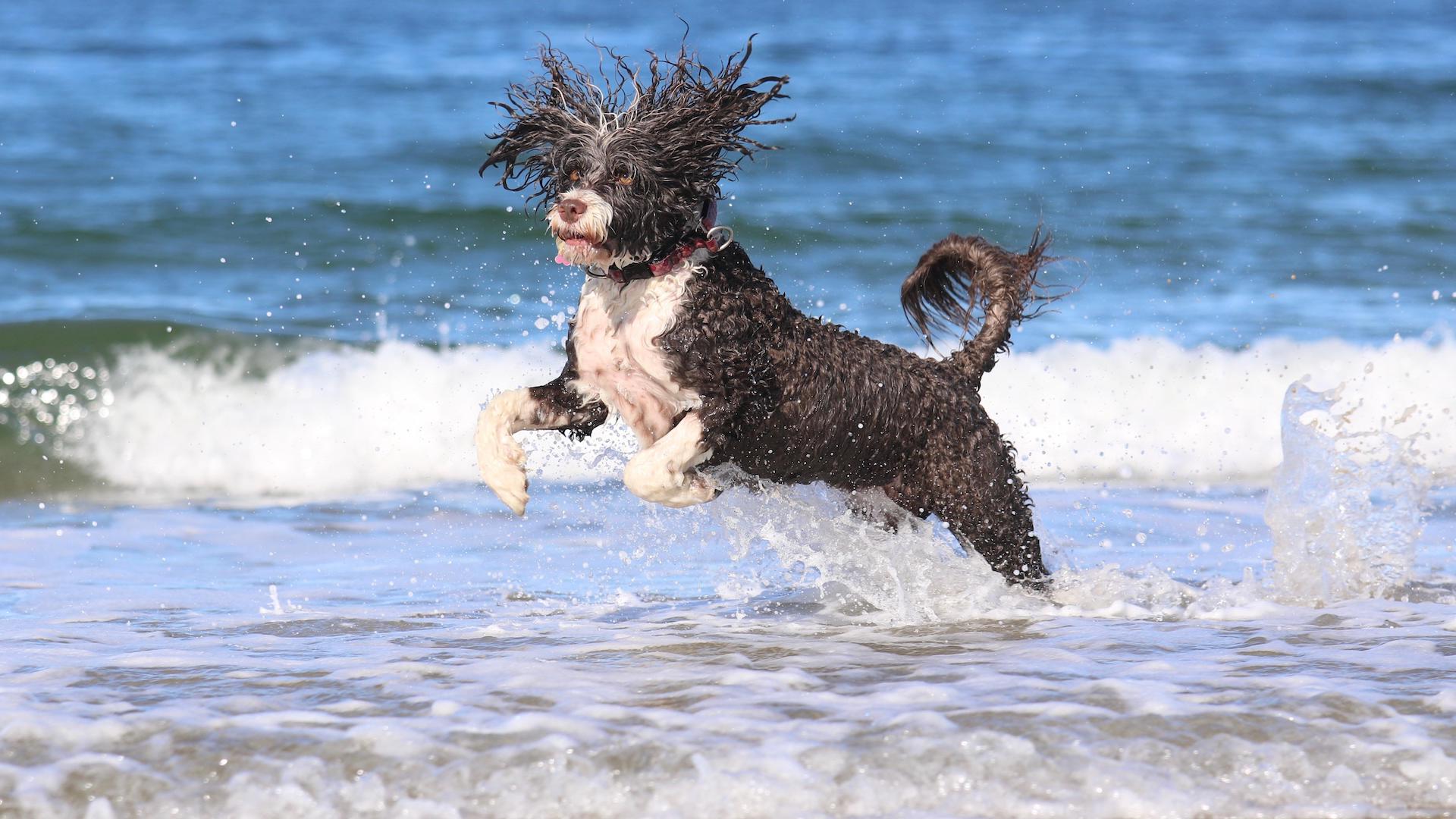
Portuguese water dogs are made for swimming, and besides their webbed feet and water-repellent coat, they have their own rudders – in the form of their tails. They have a powerful tail with a thick base, which – when it’s not wagging in delight – is used purposefully as a rudder.
32. Lovely Leão
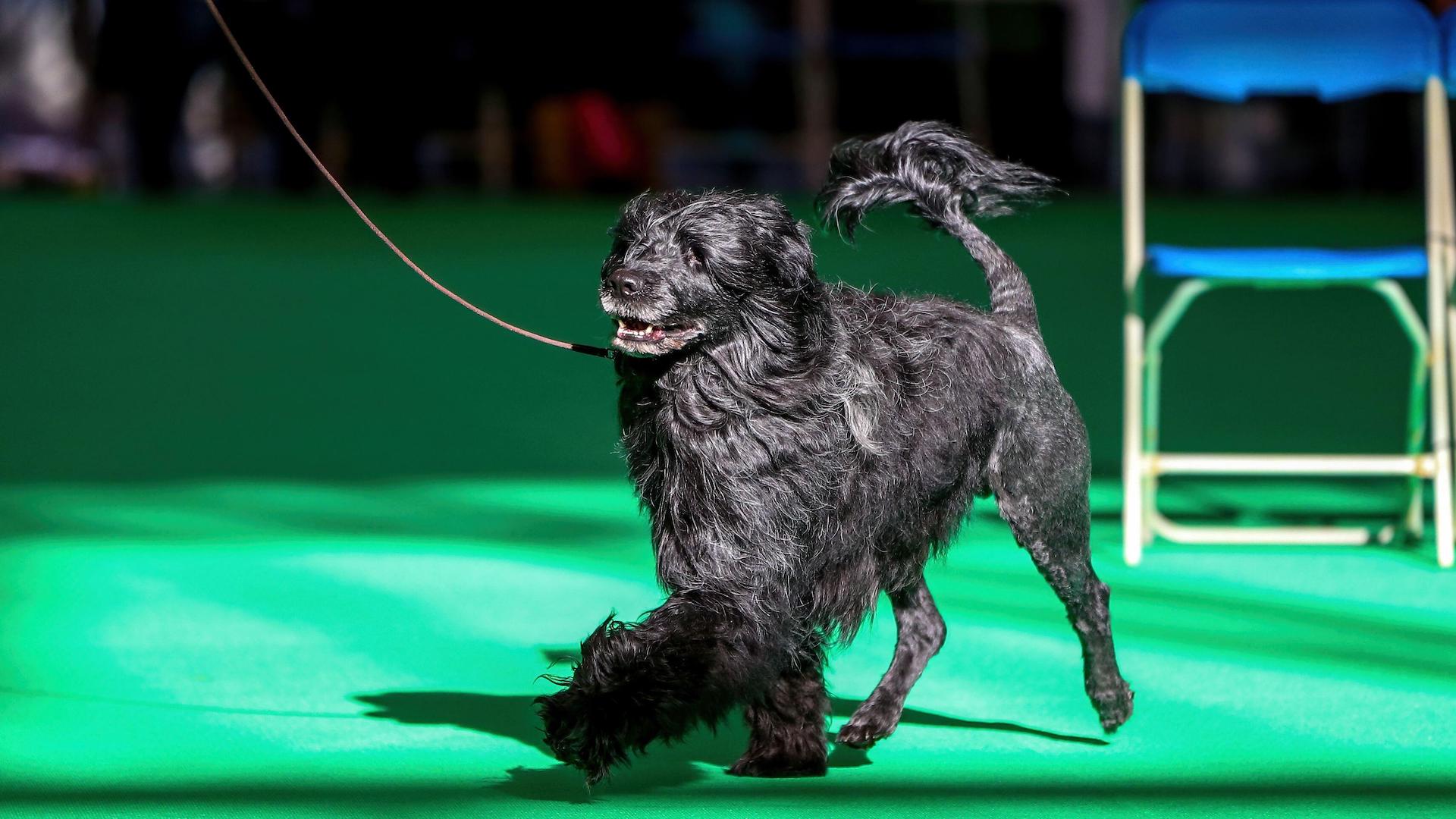
A wealthy Portuguese businessman, Vasco Bensaude, is credited as the founder of the breed. In the 1930s he found these working fishermen’s dogs appealing, although the breed was fast diminishing. He acquired a dog called Leão, who became the founding sire of the Portuguese water dog, and the basis for the original breed standard. His first litter was born in 1937.
Today, the breed is well established, cherished in the show ring, in the home, and as a fun, active companion.







